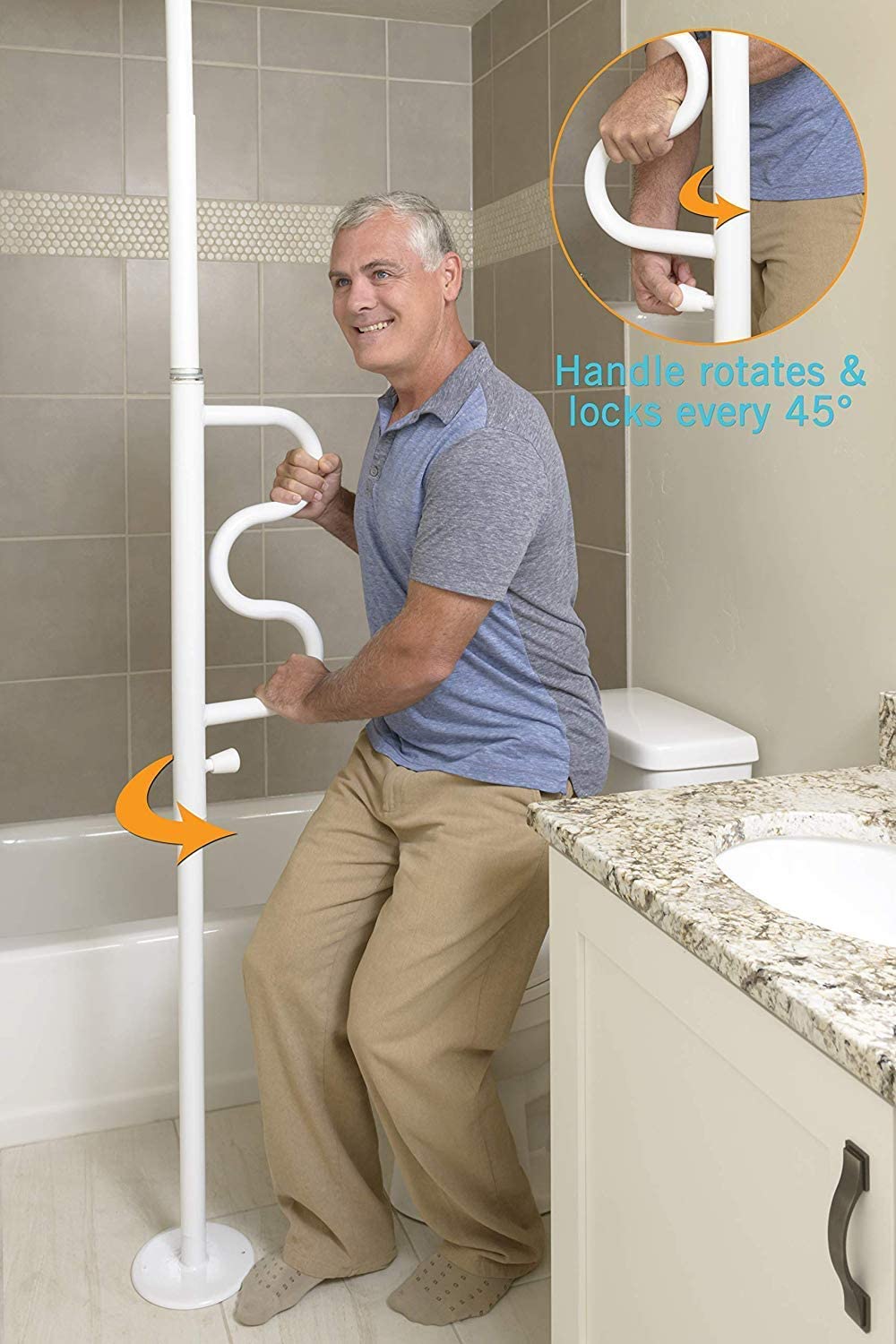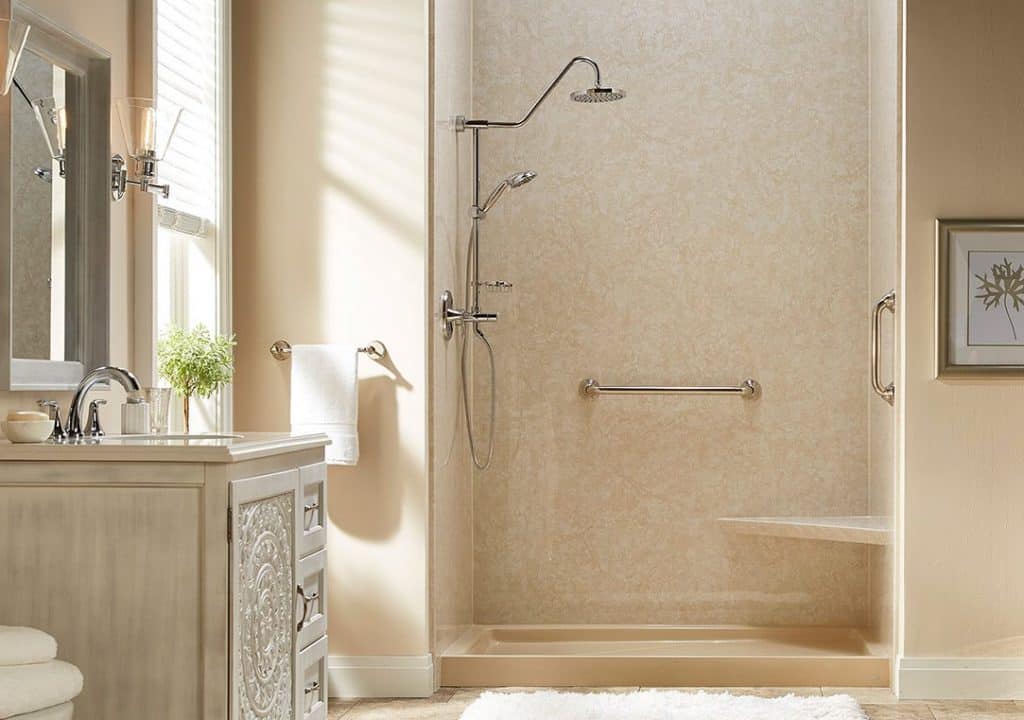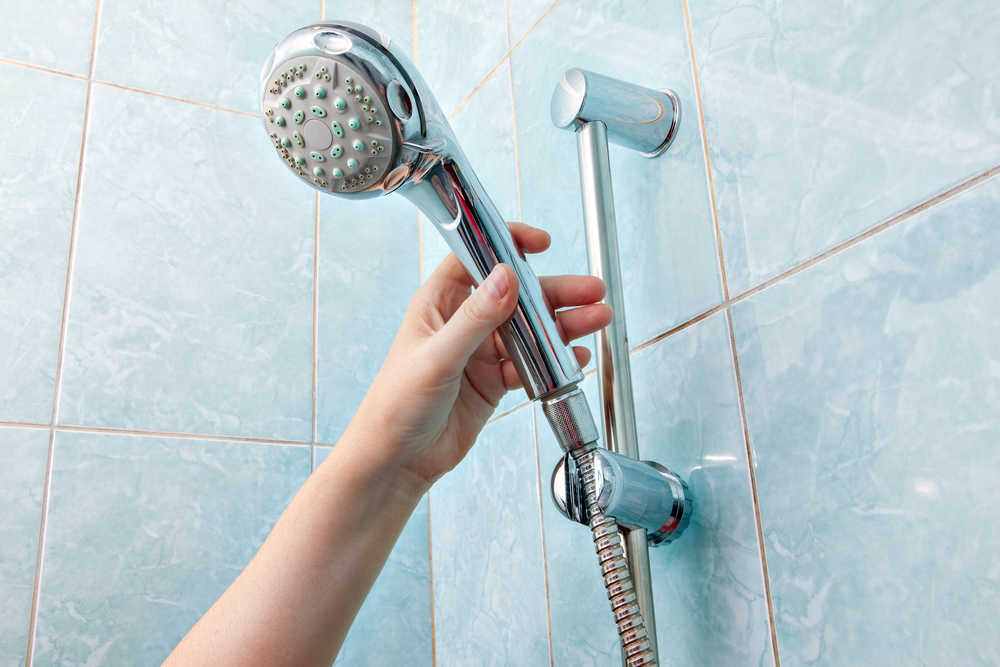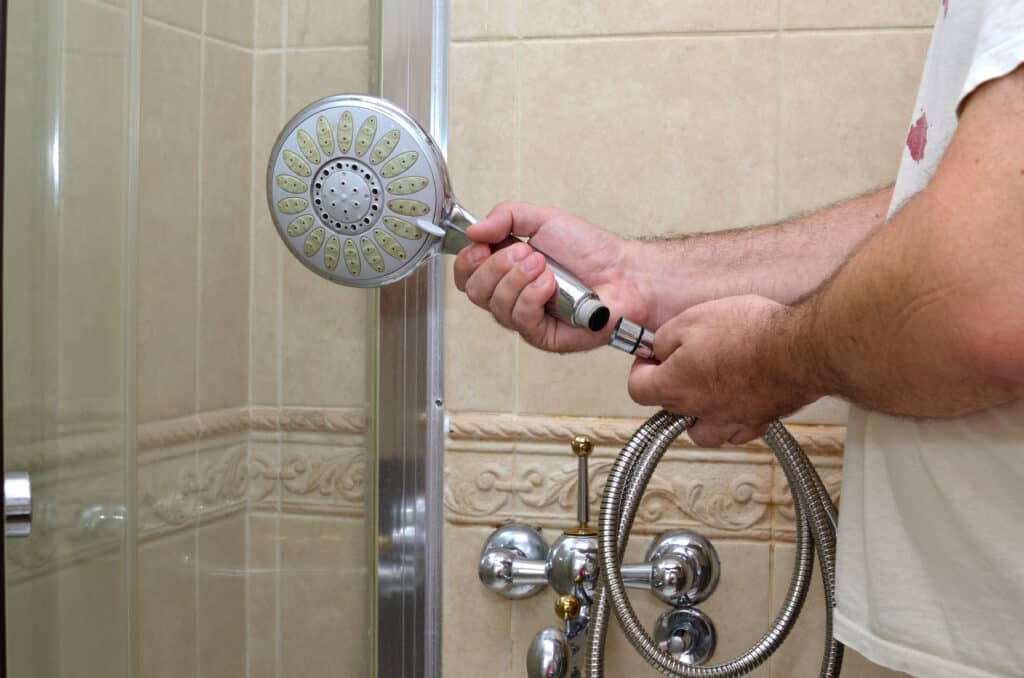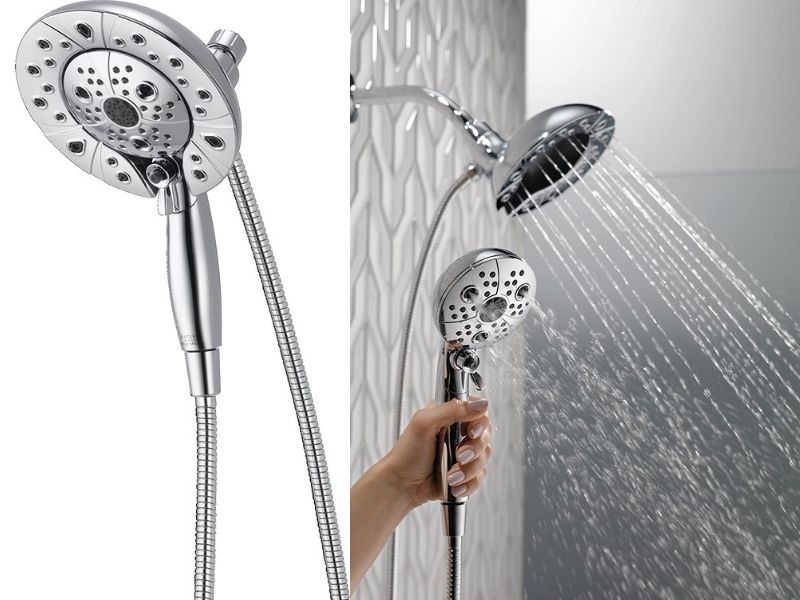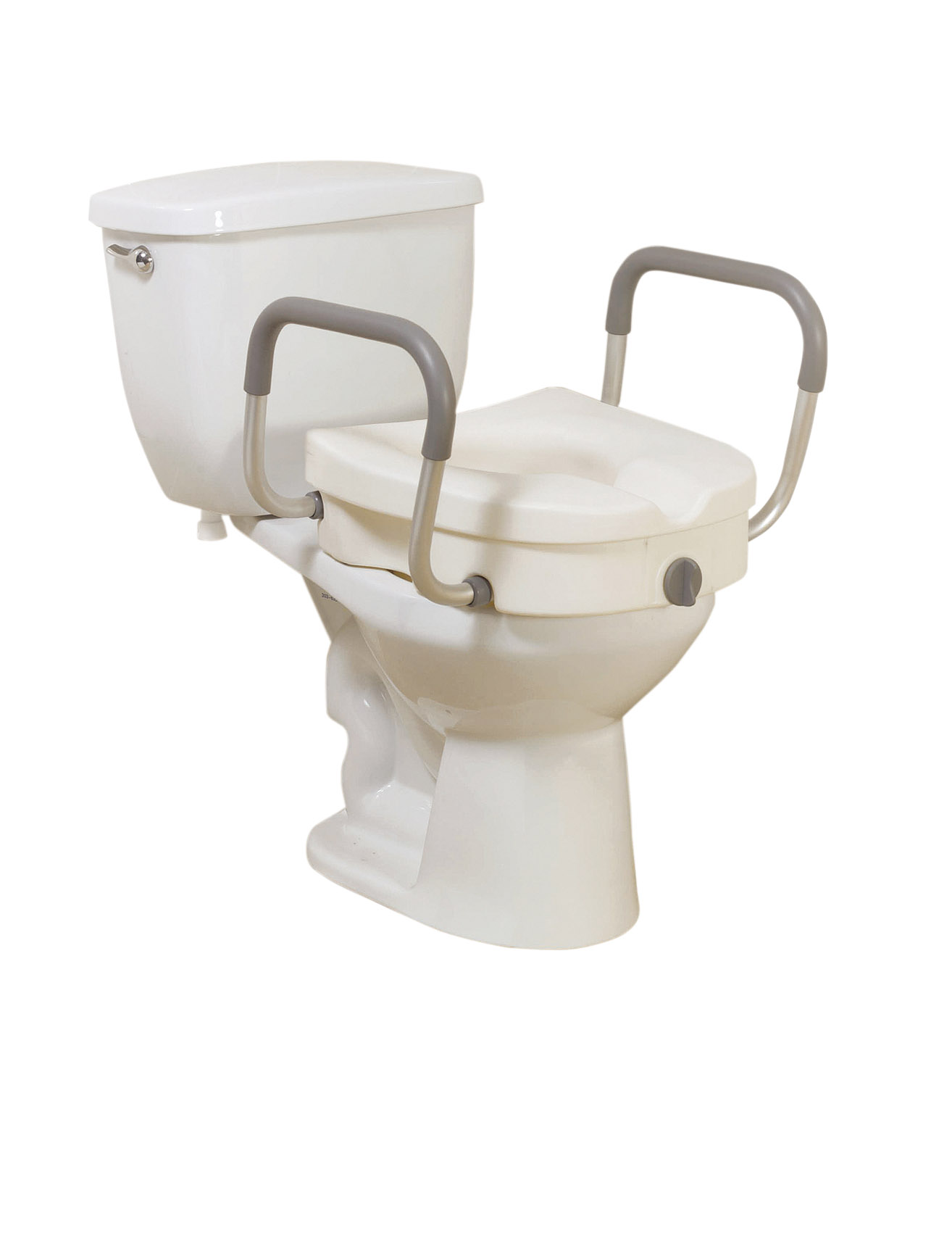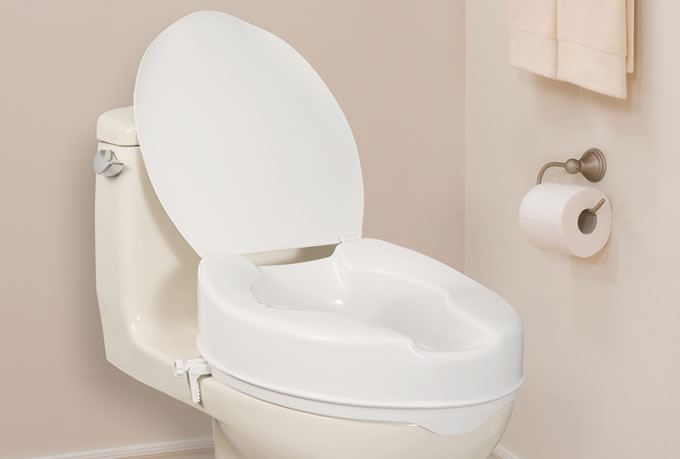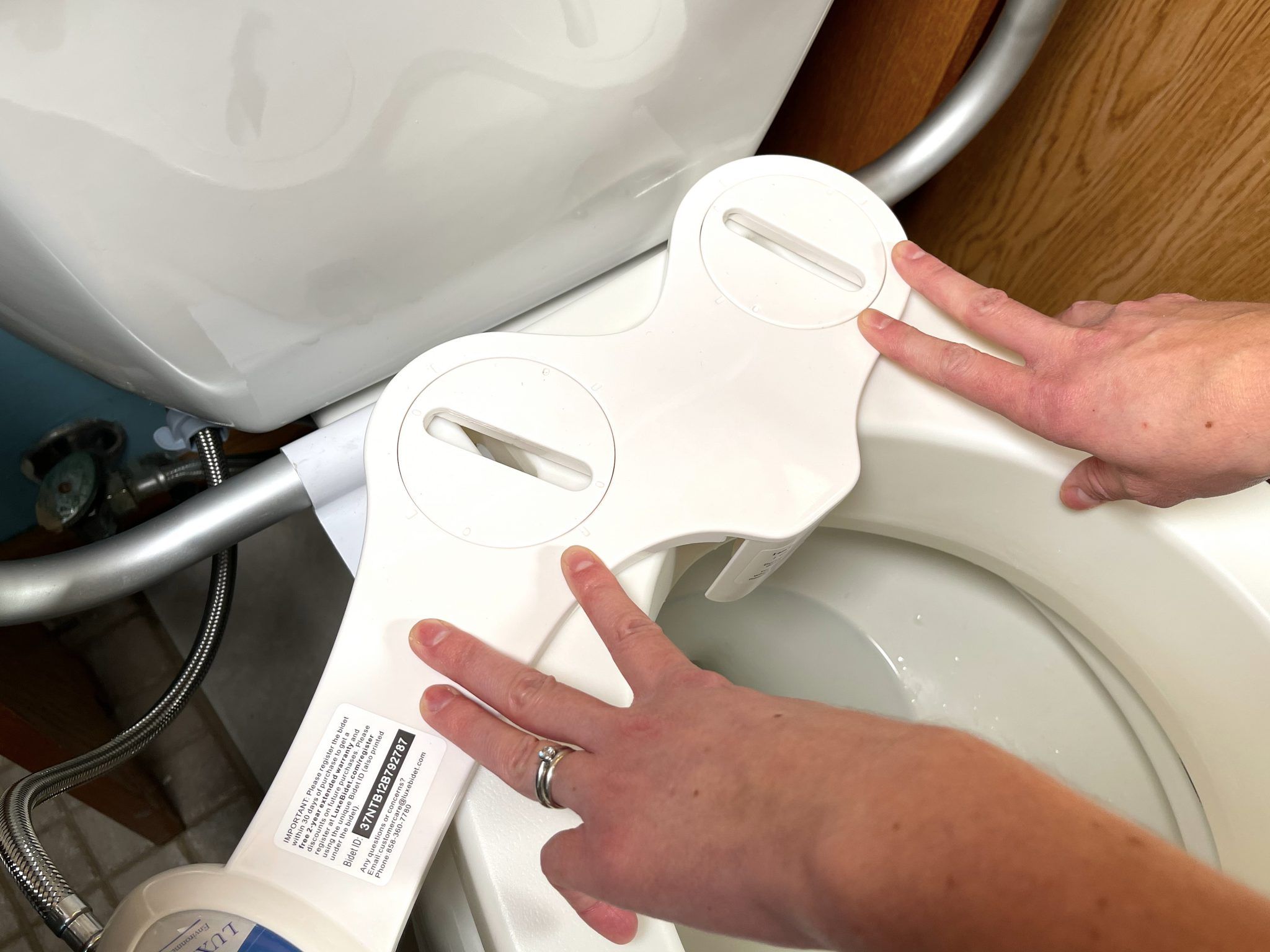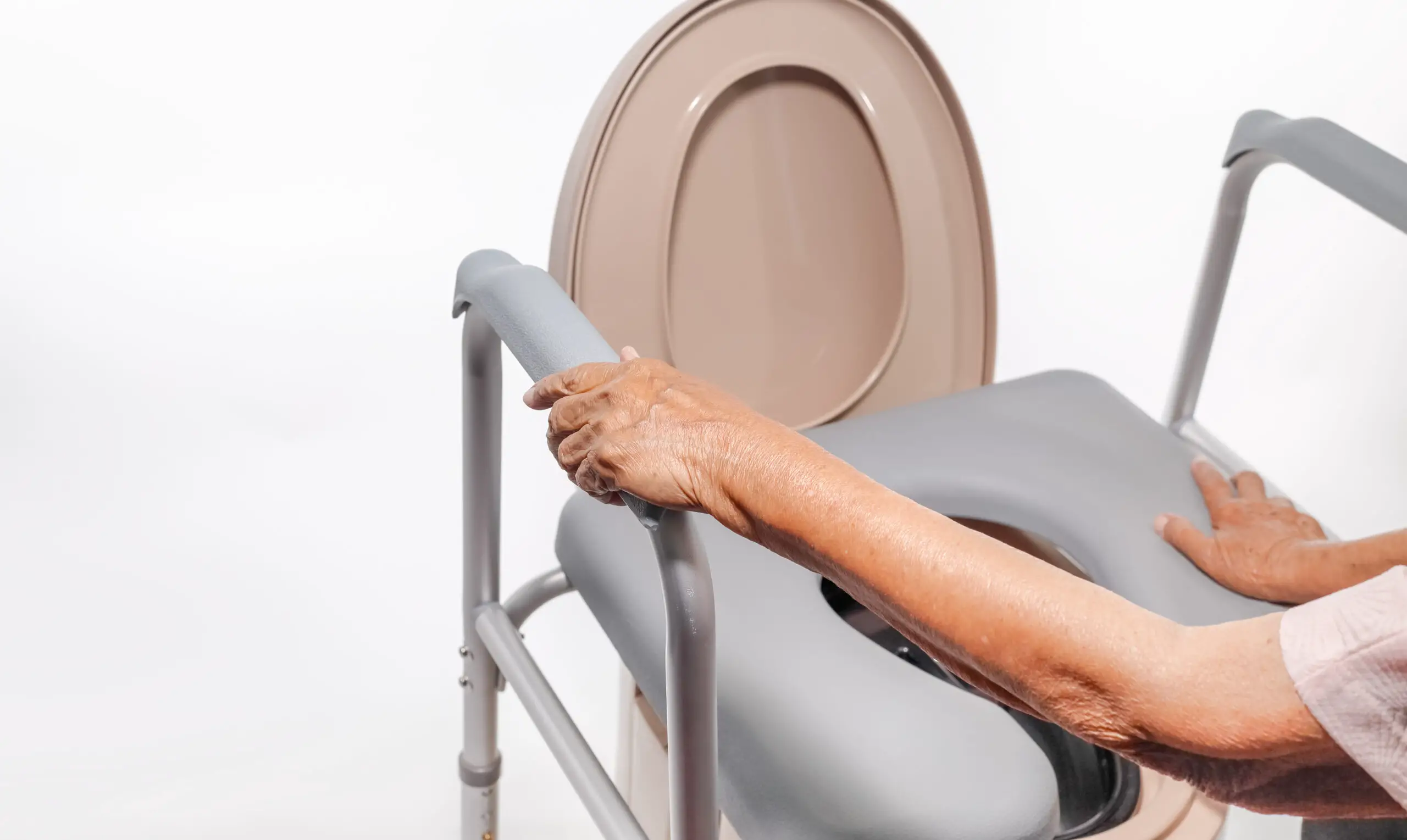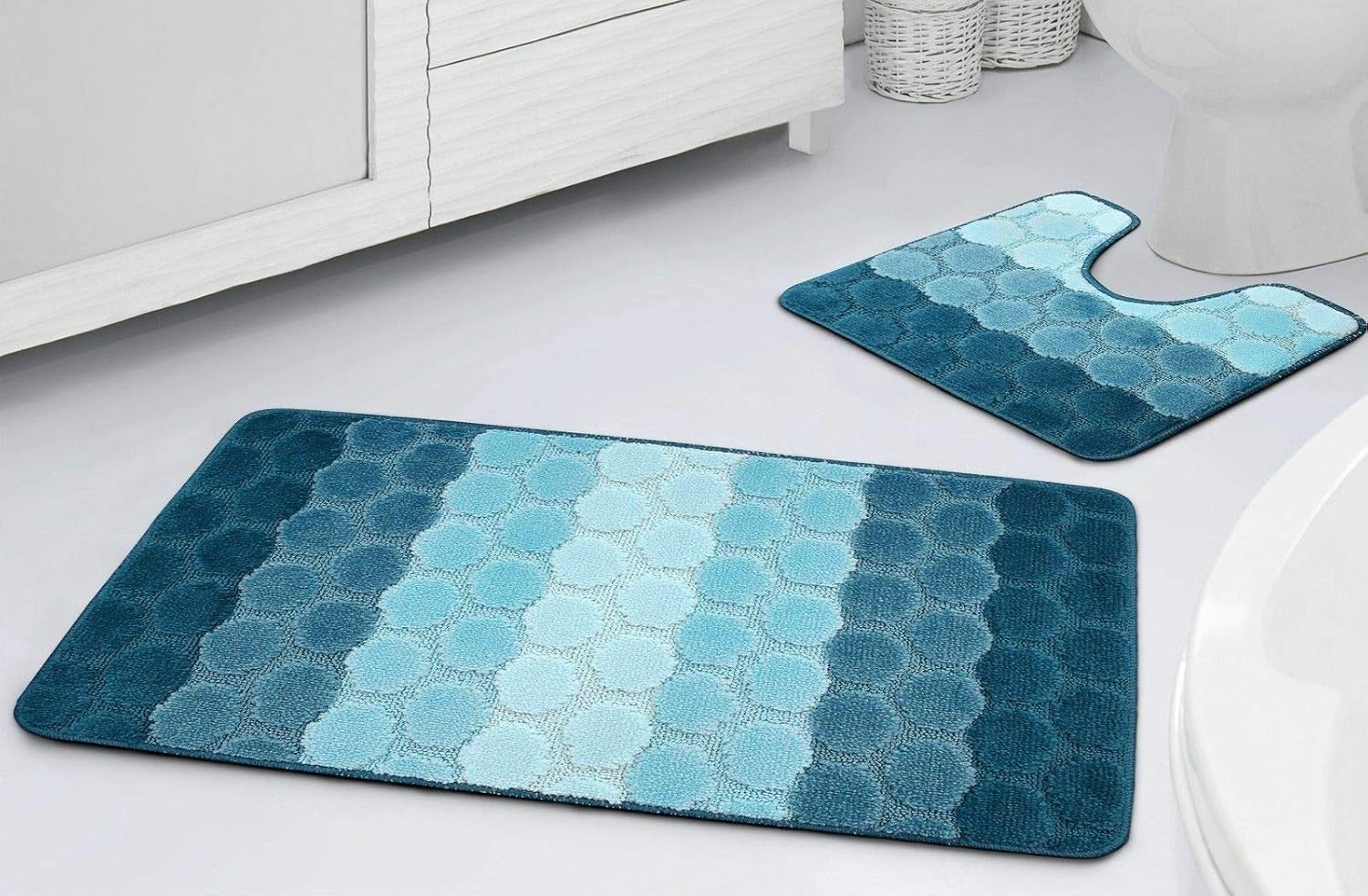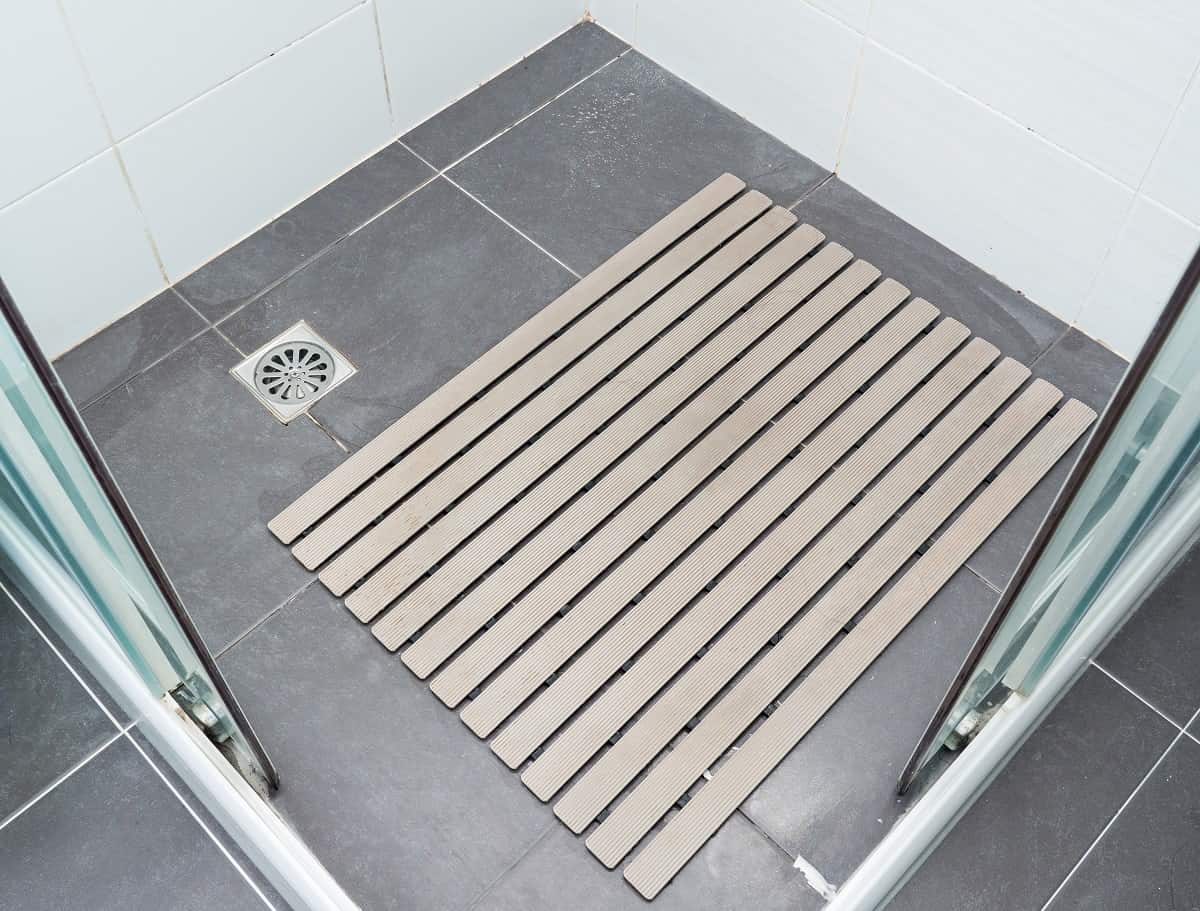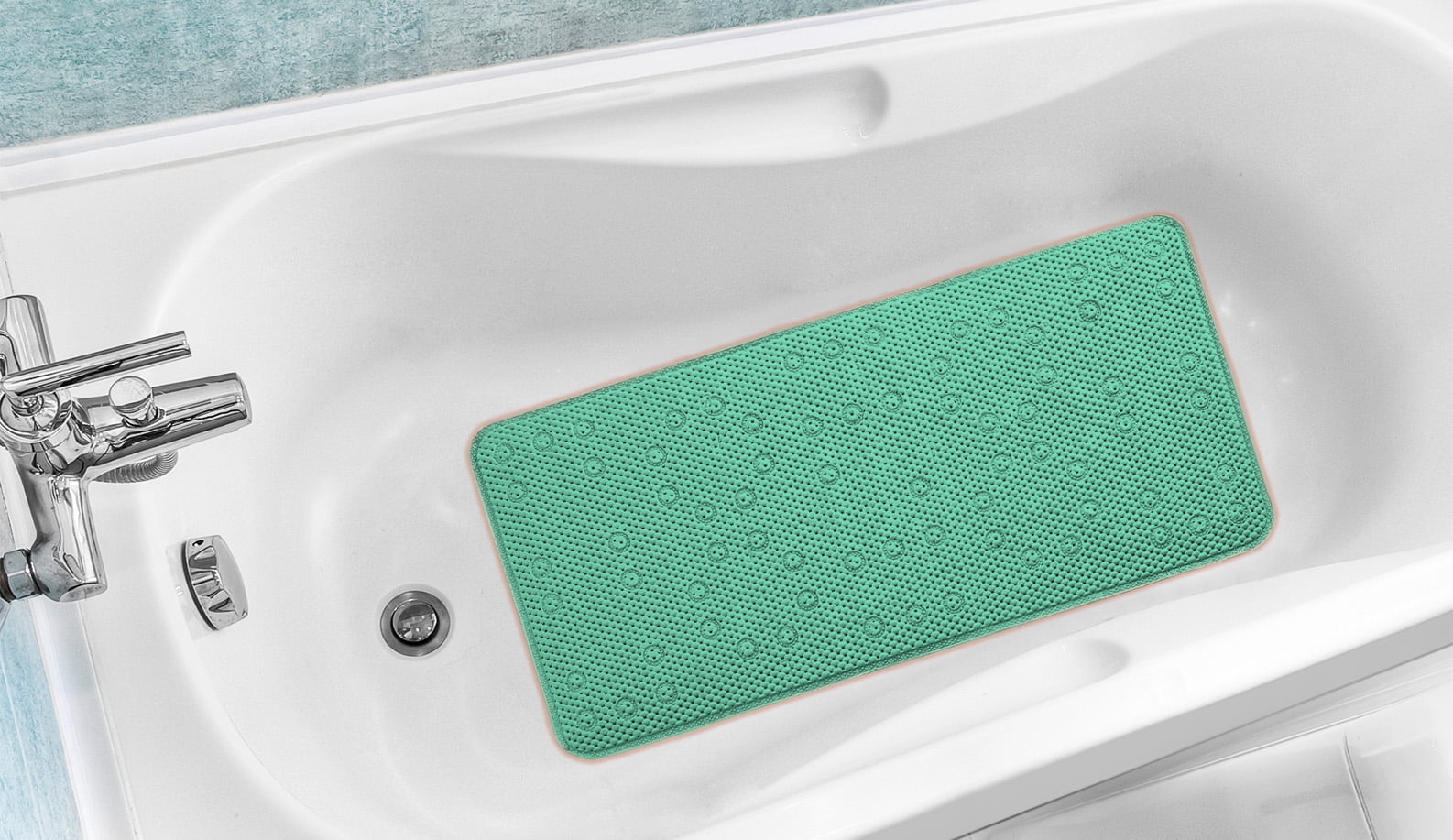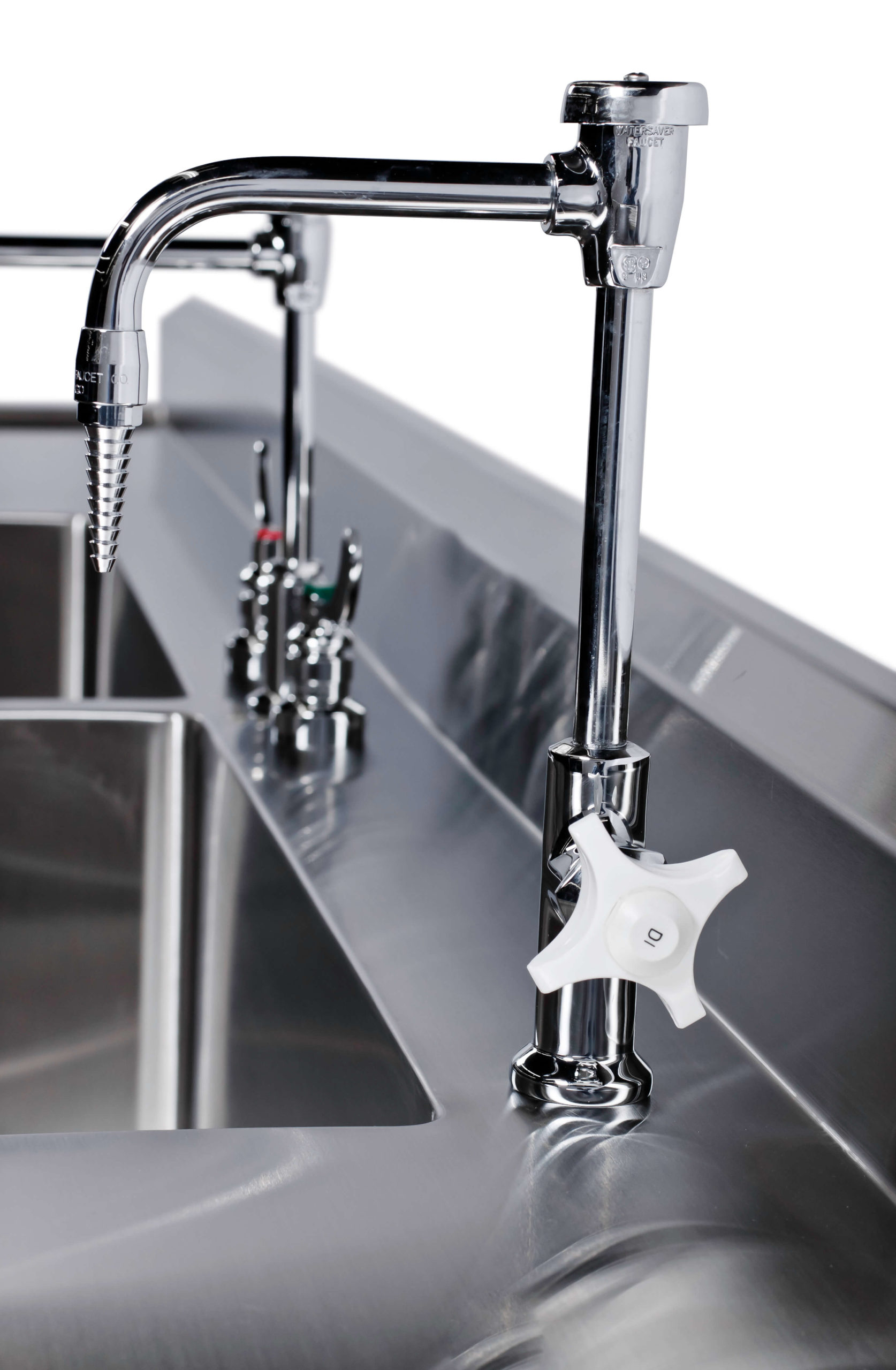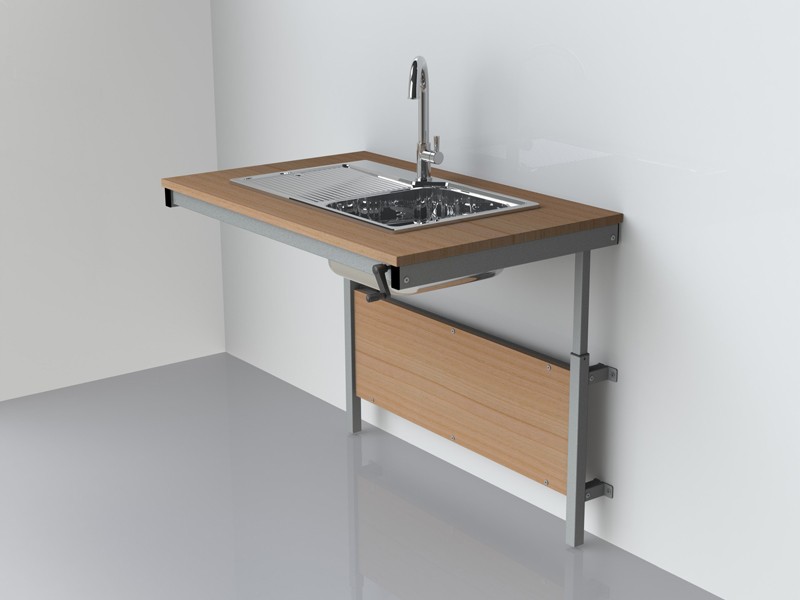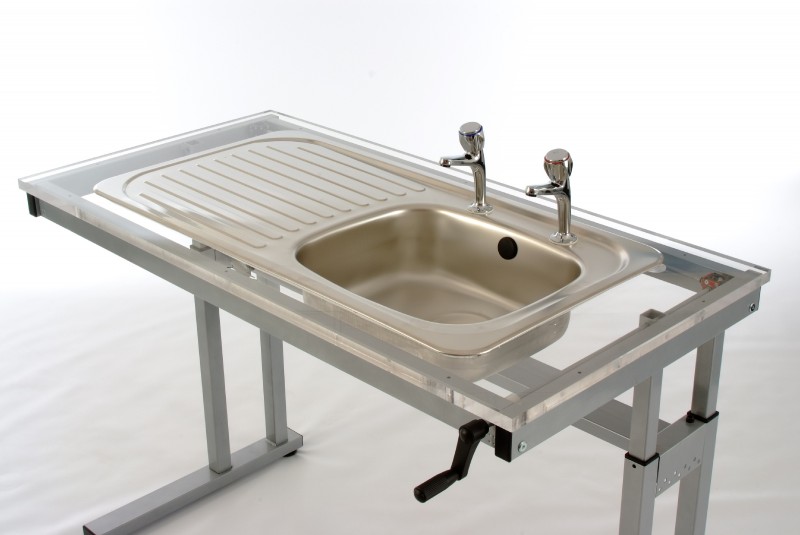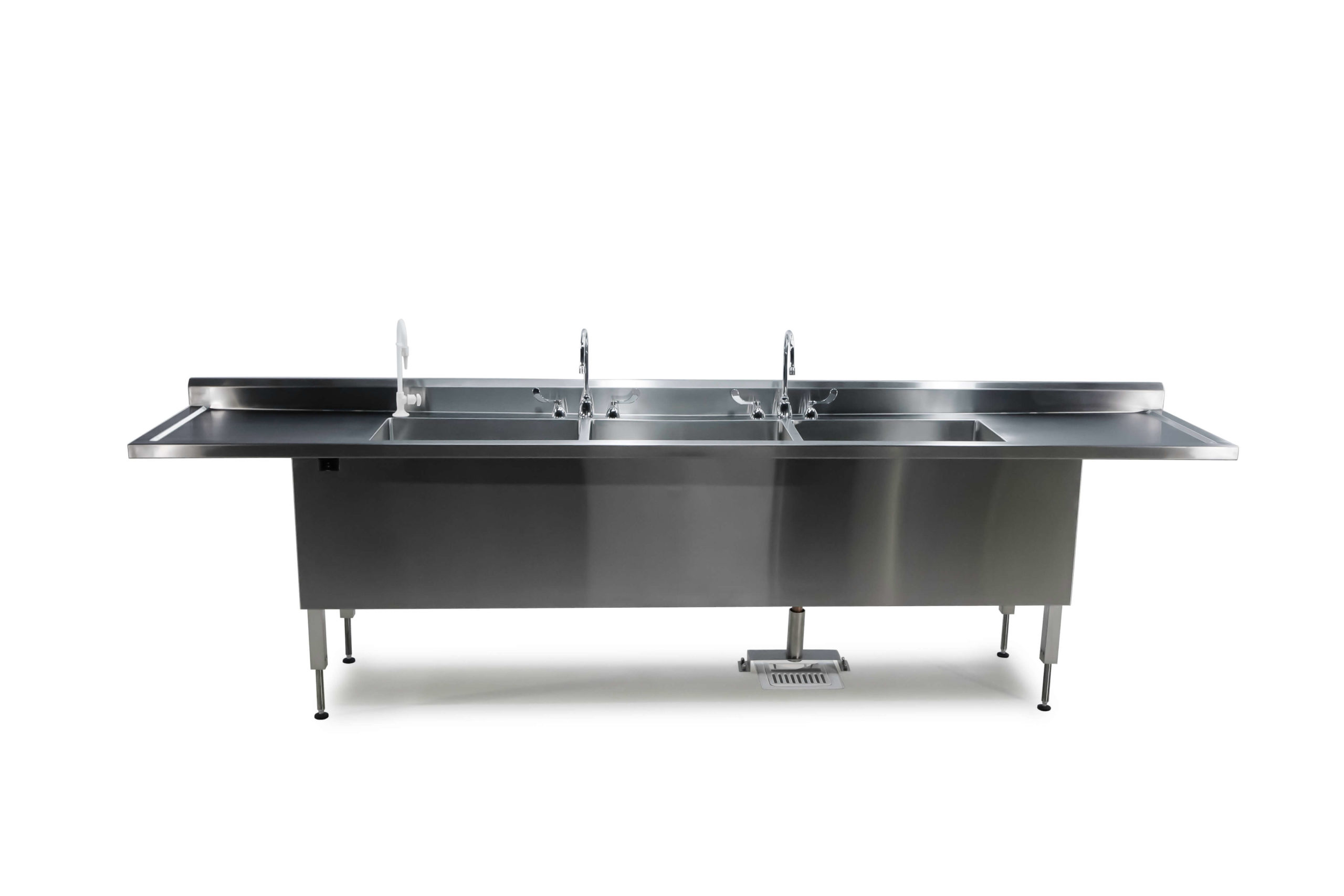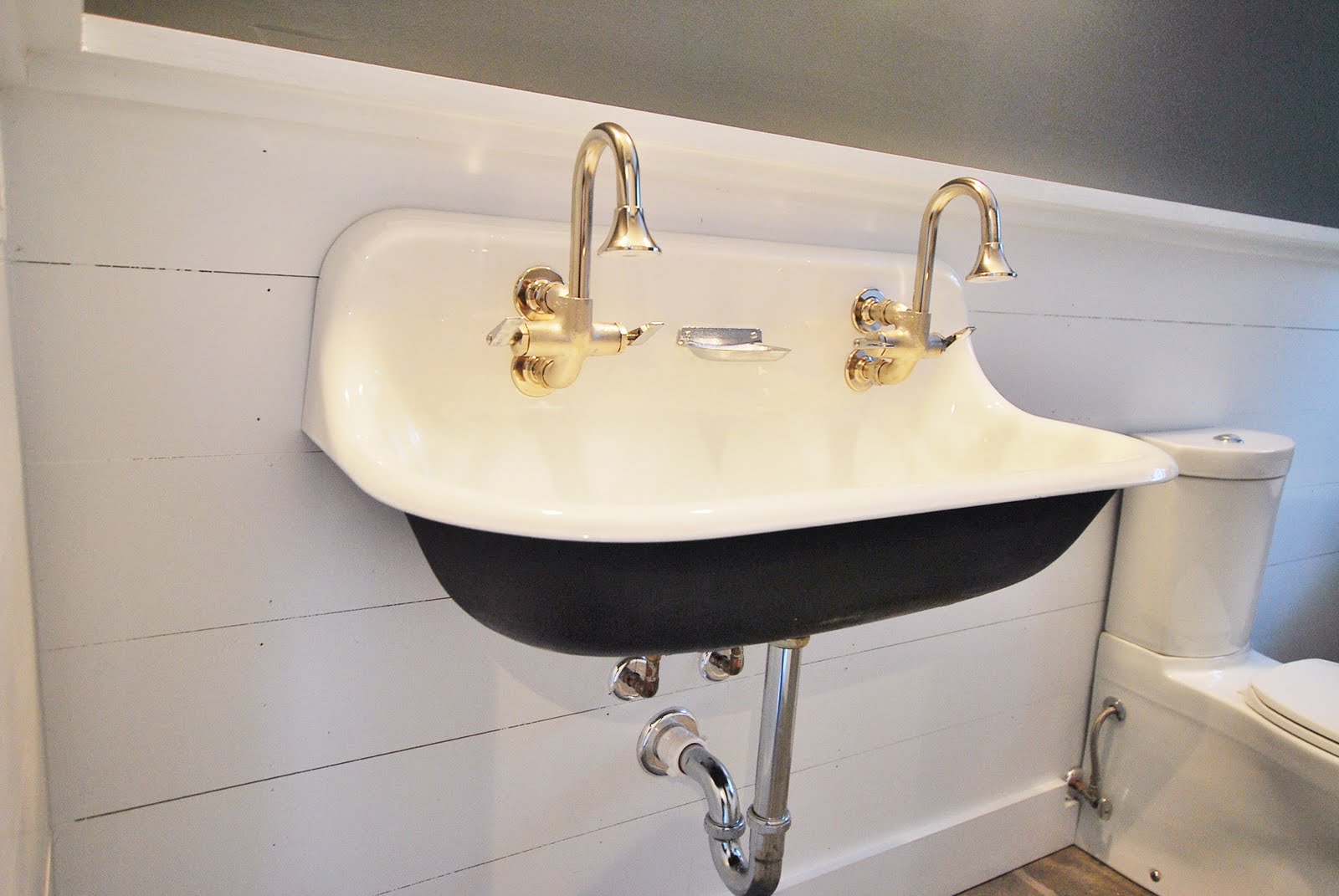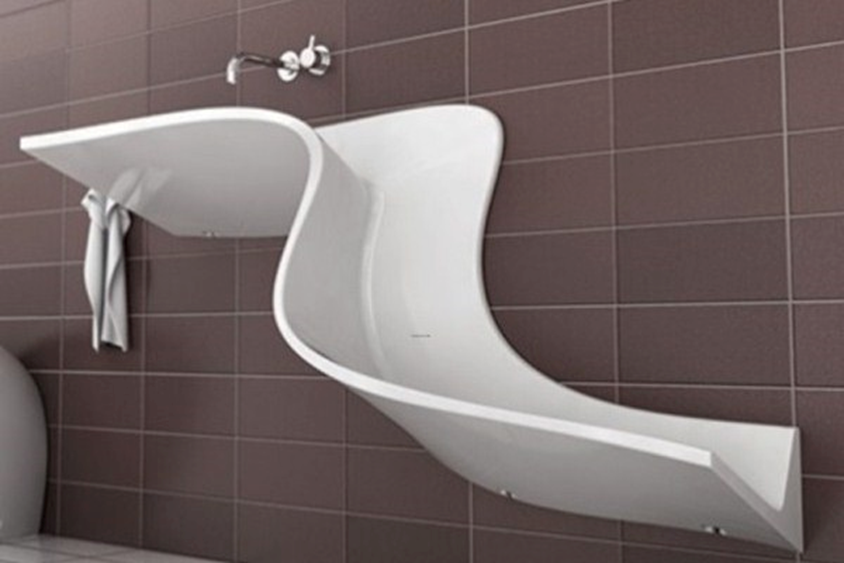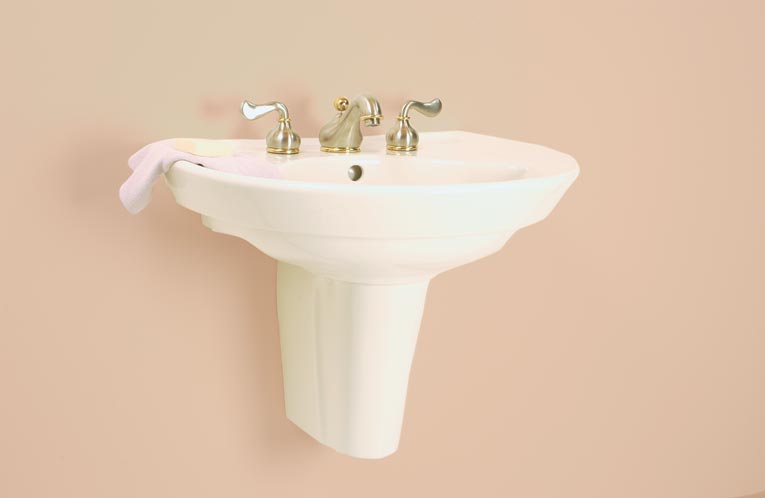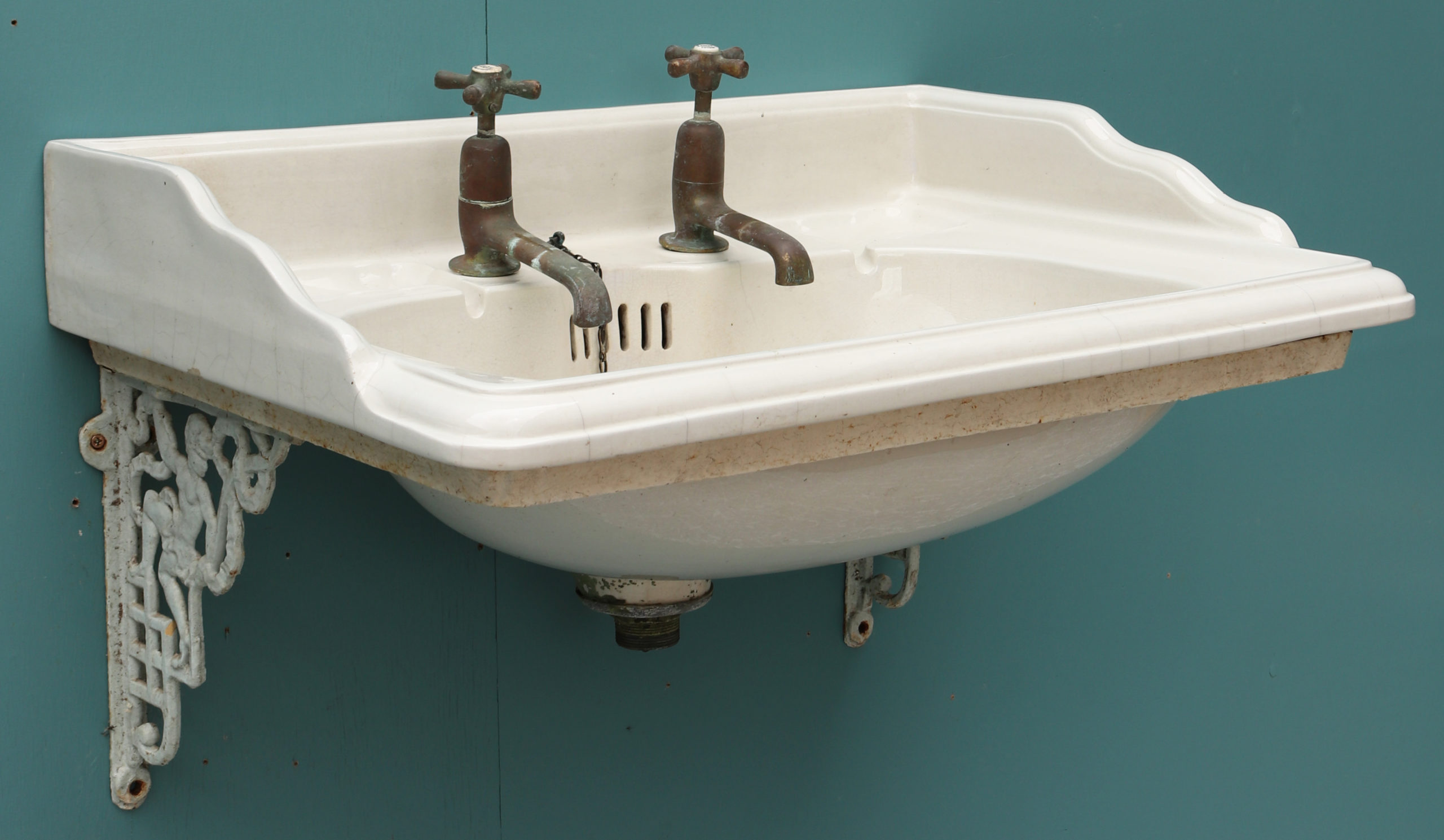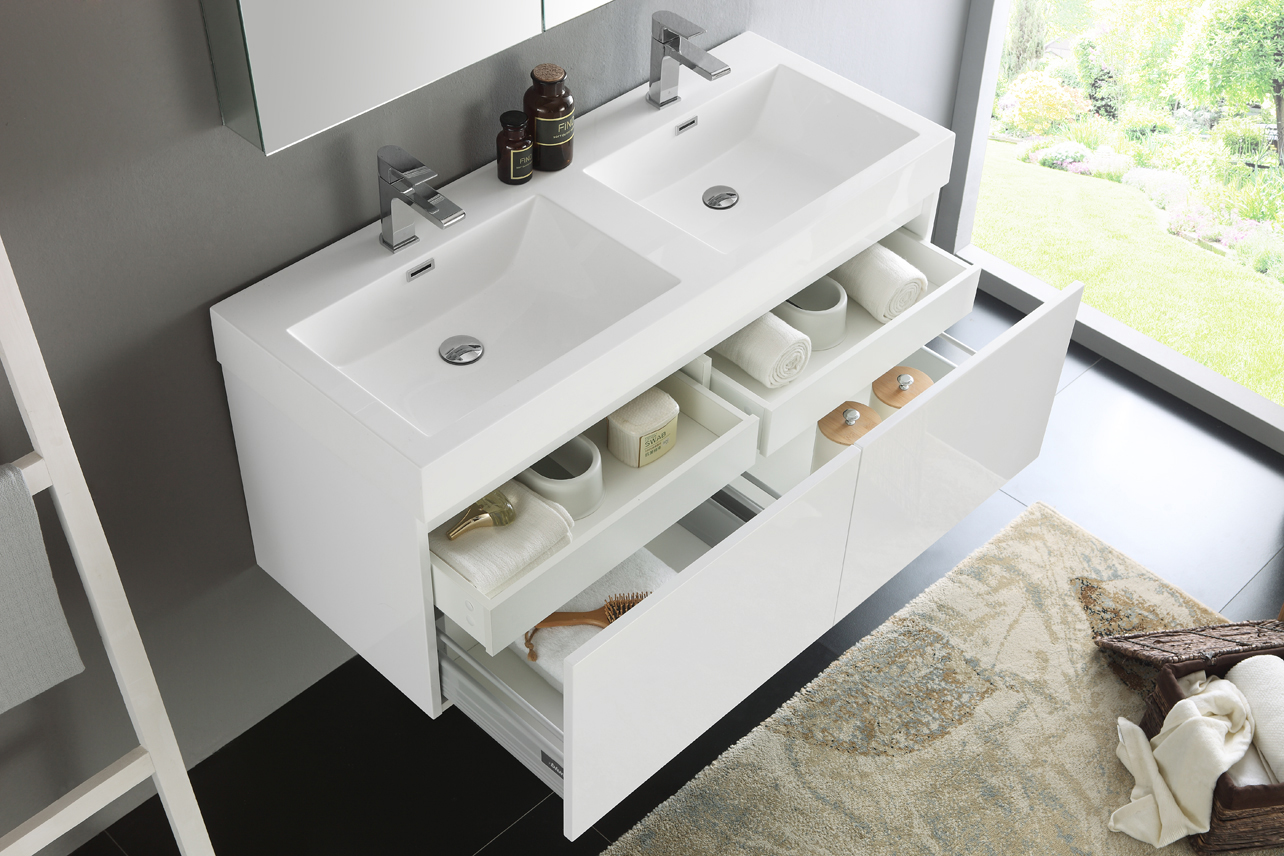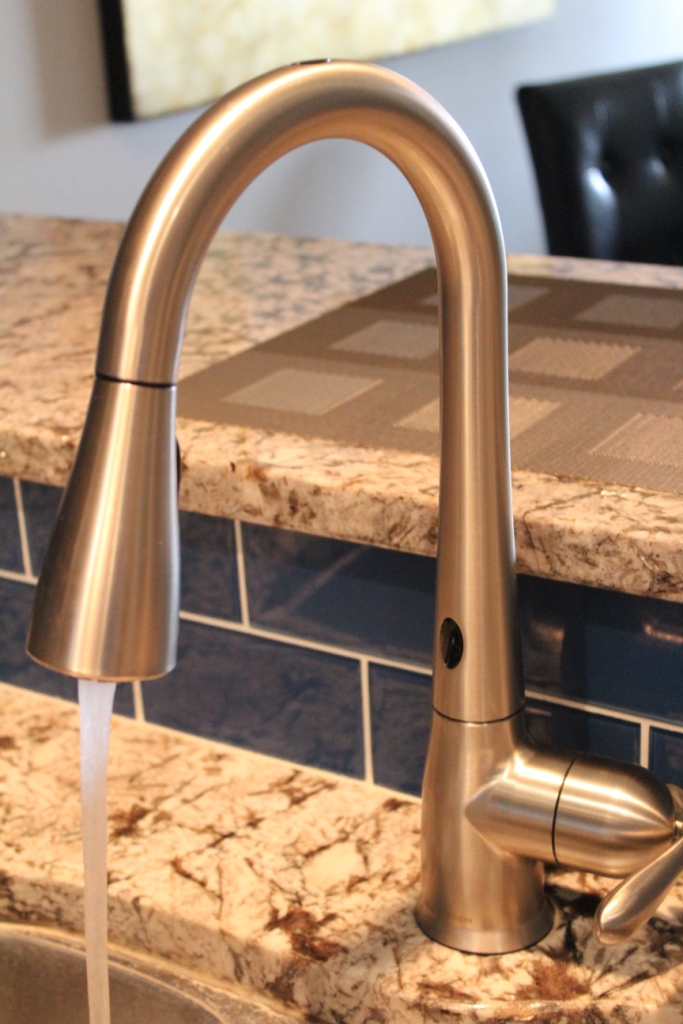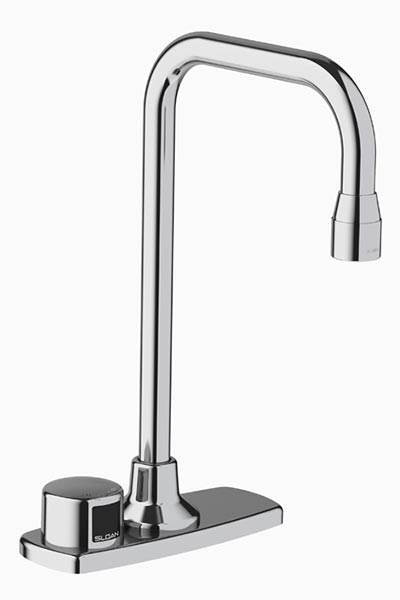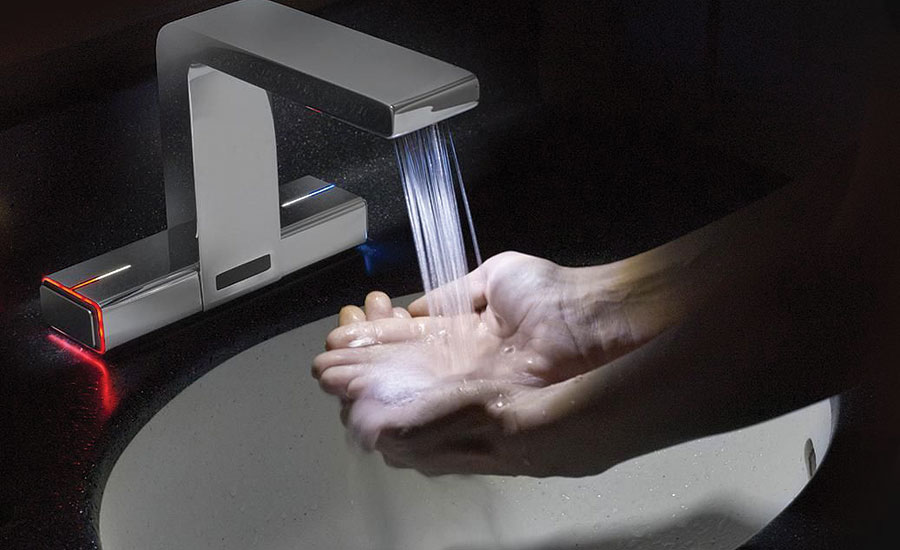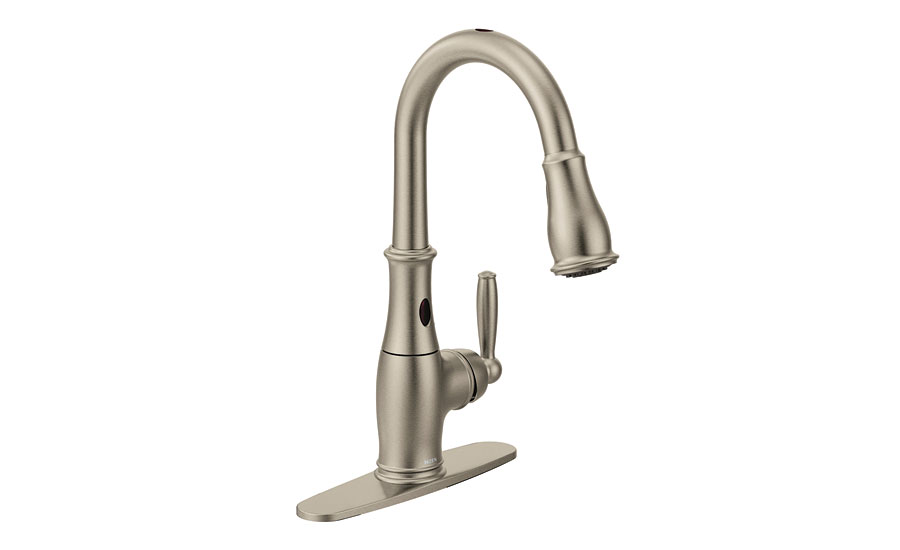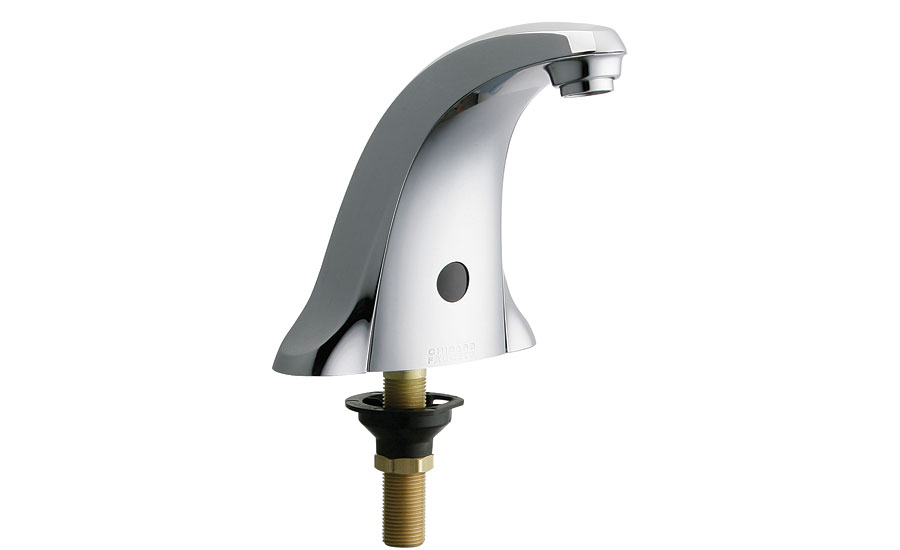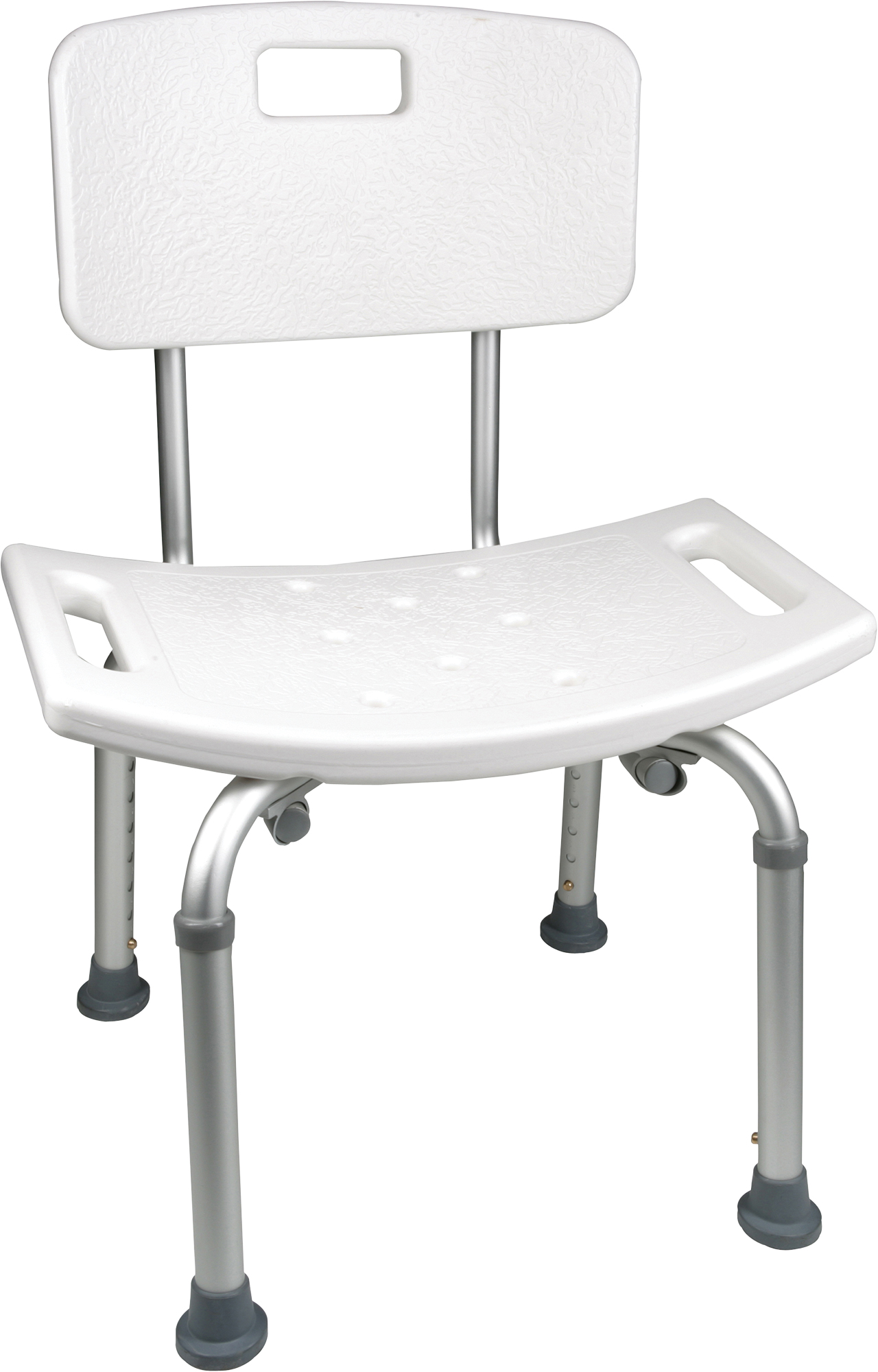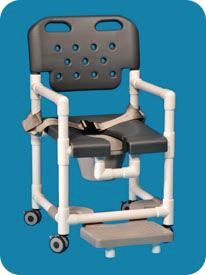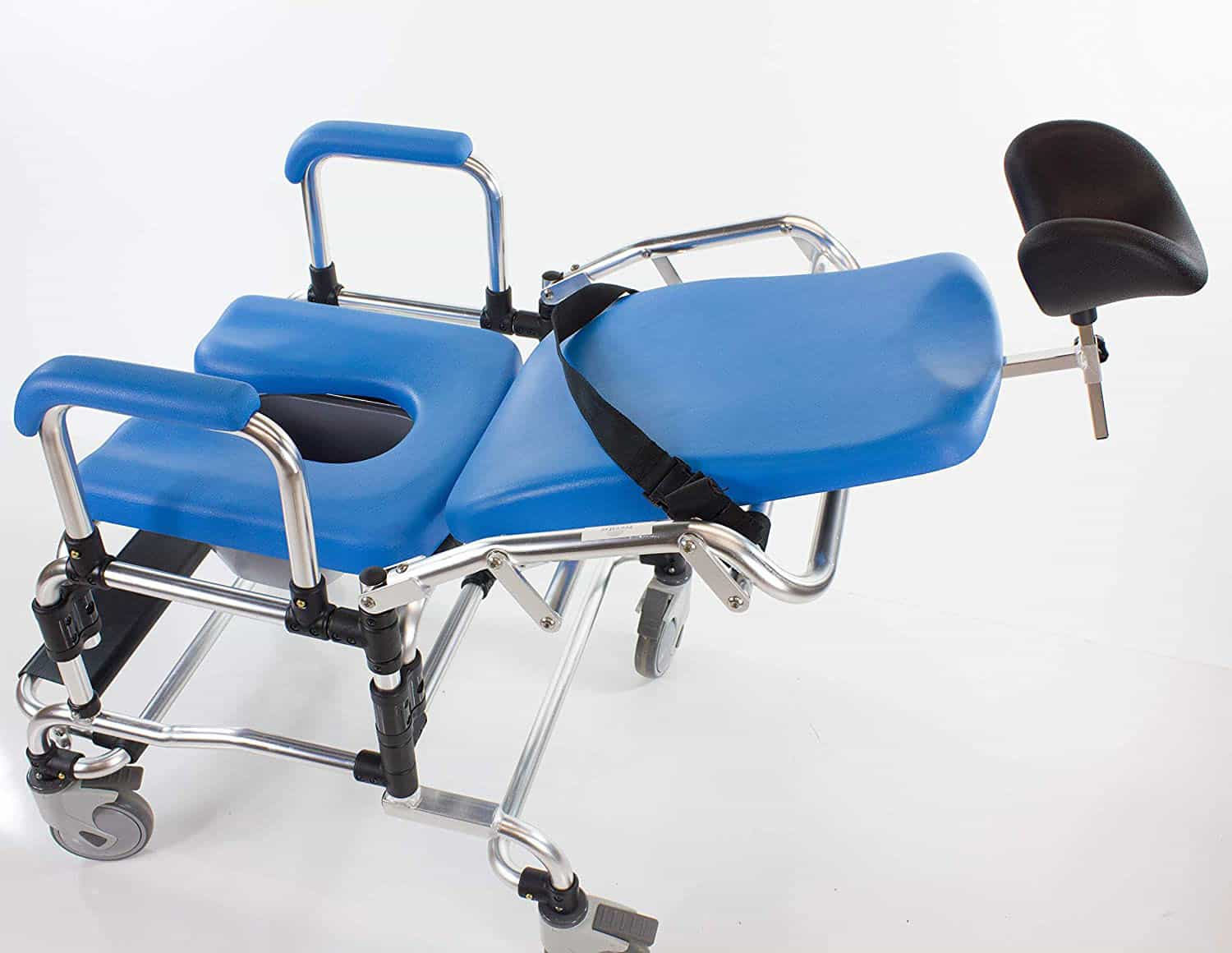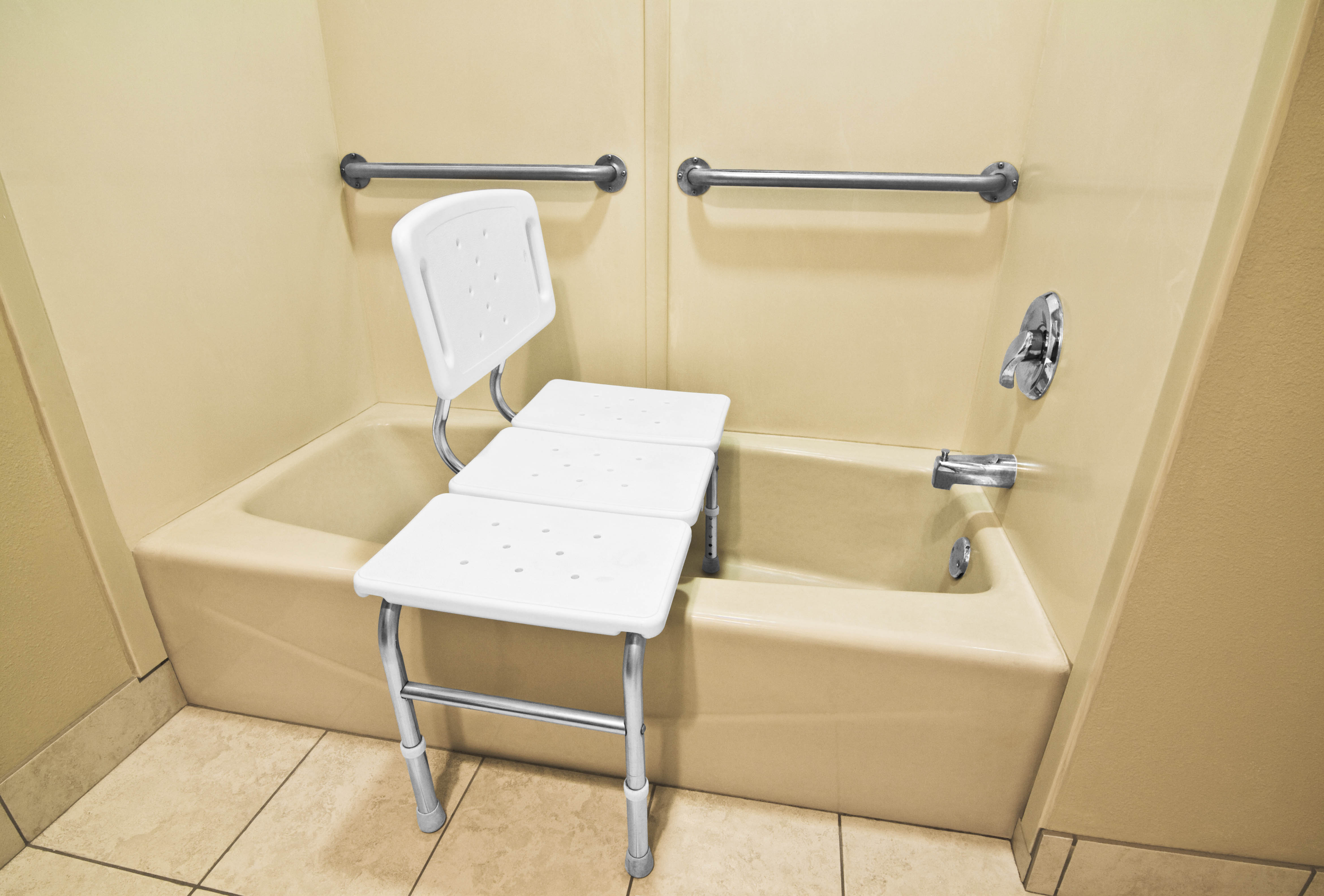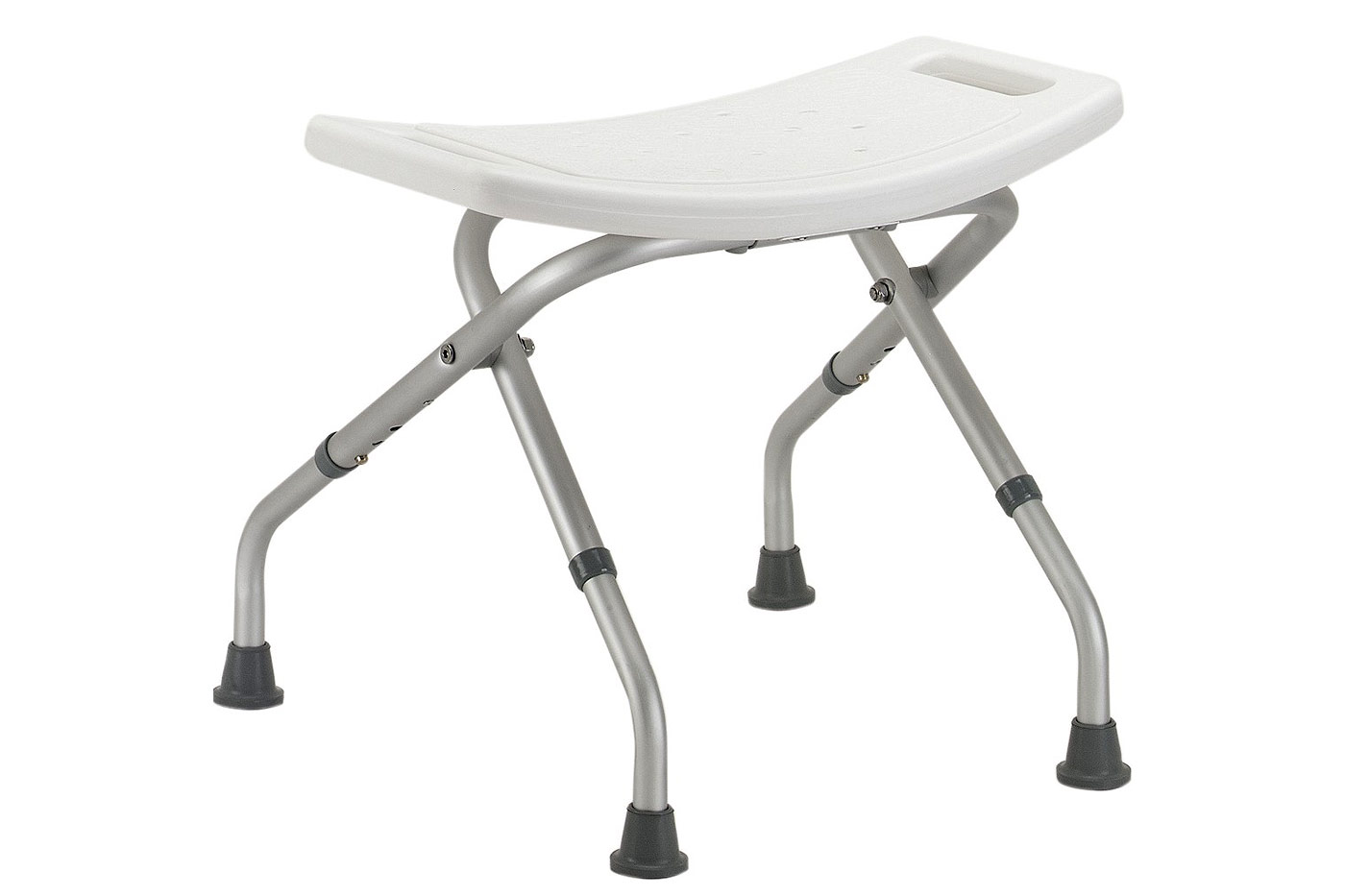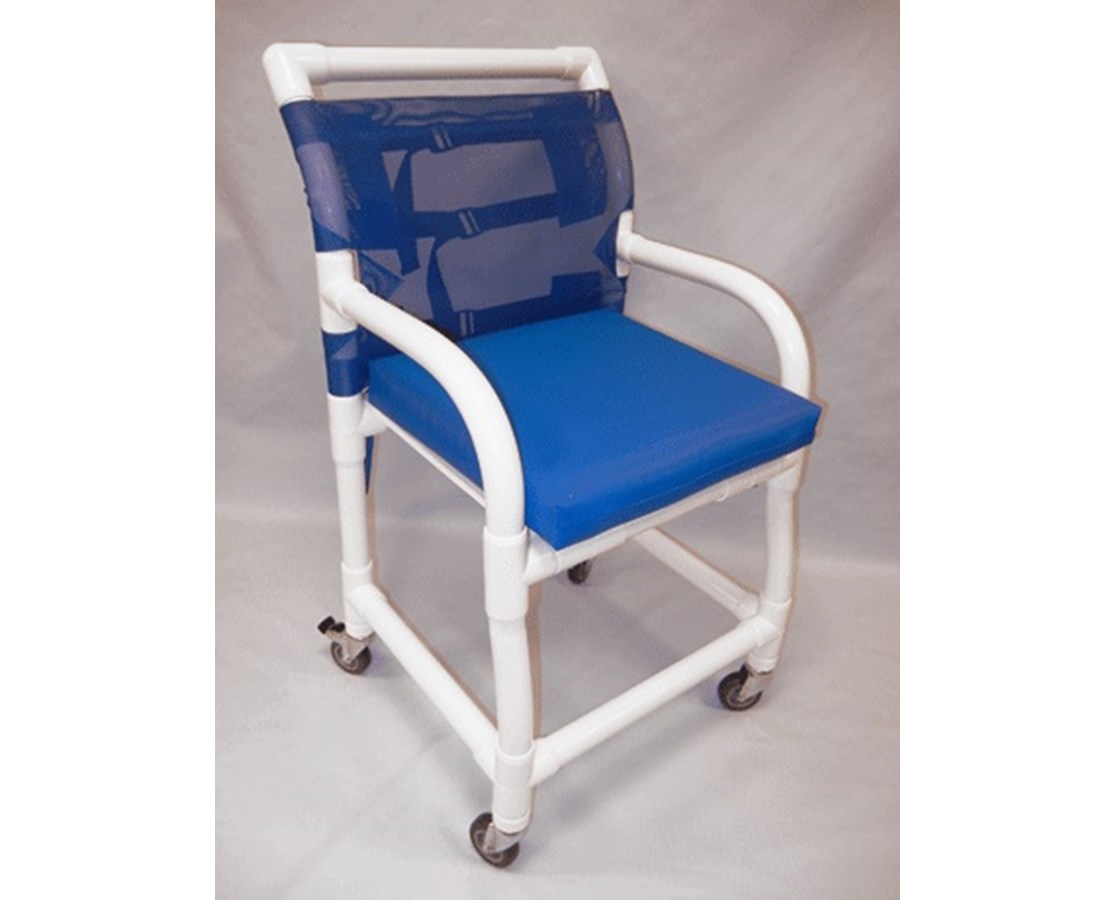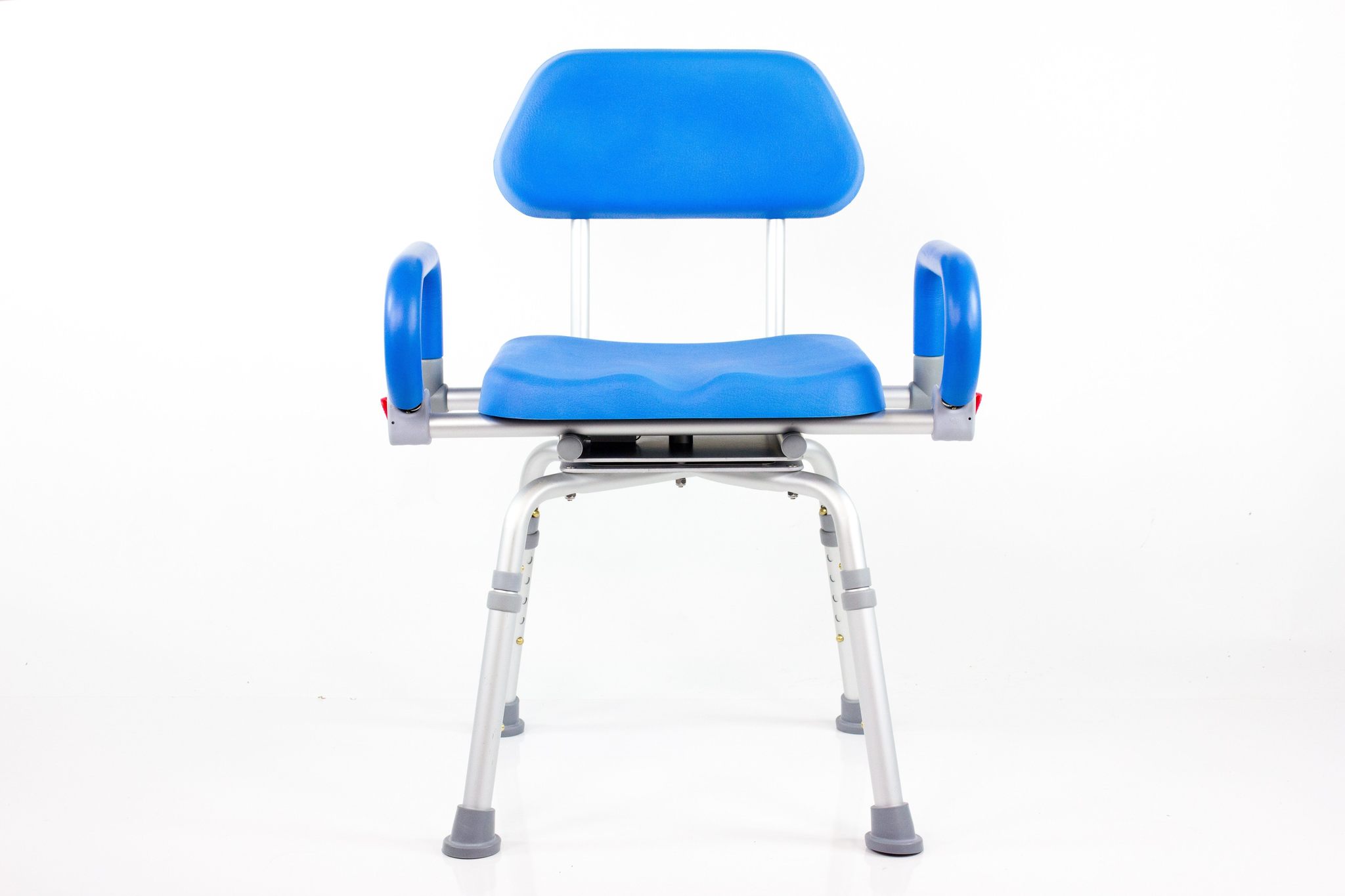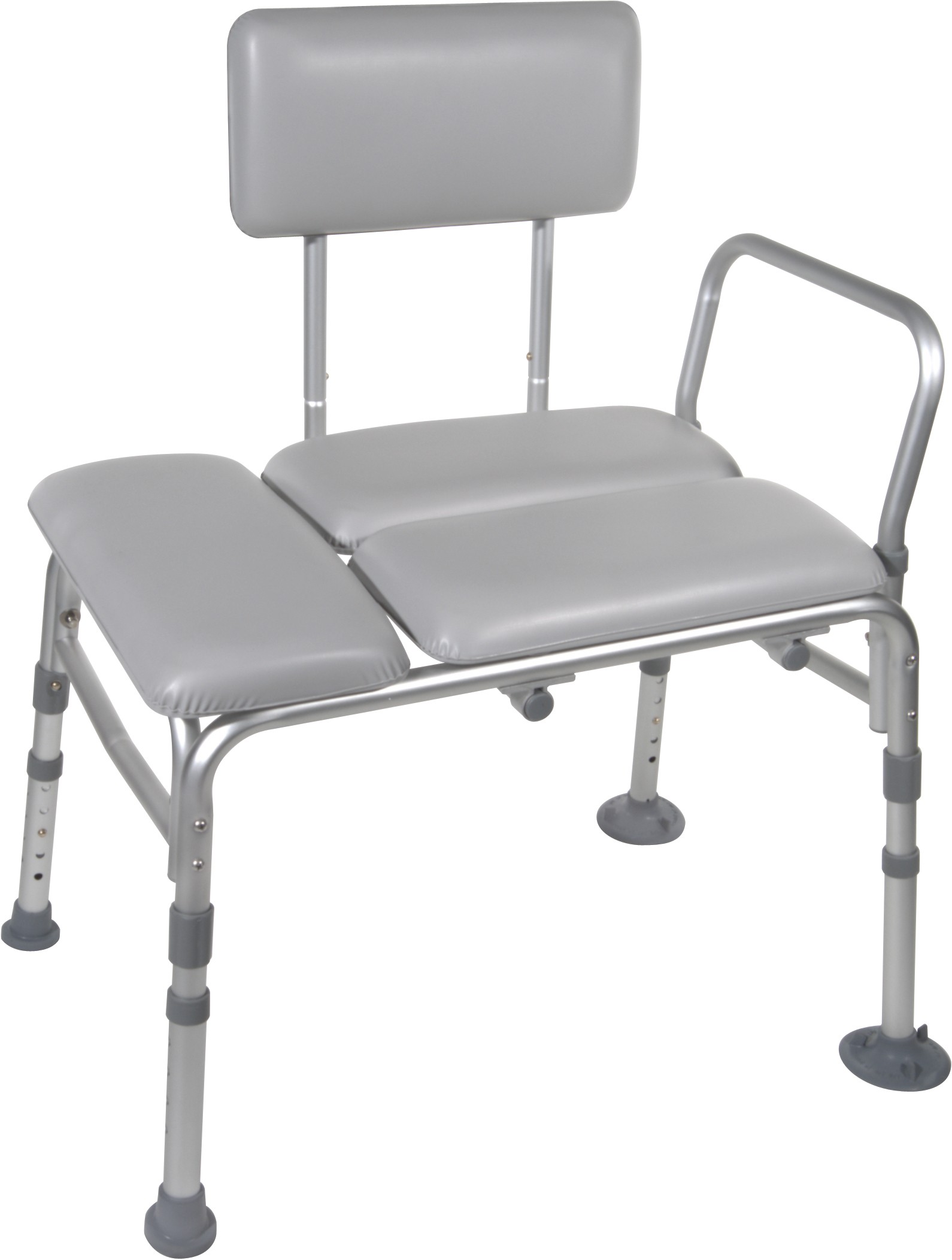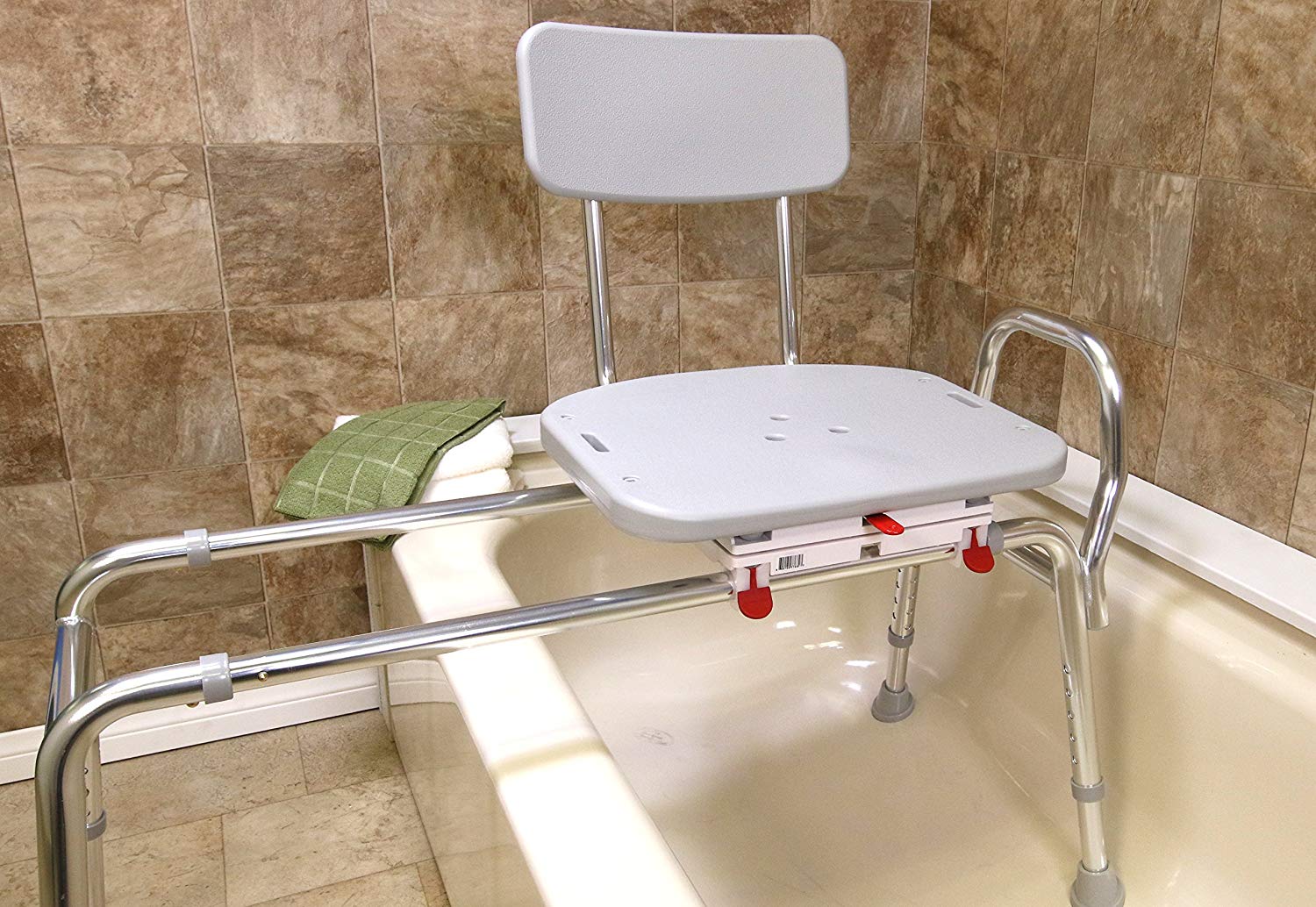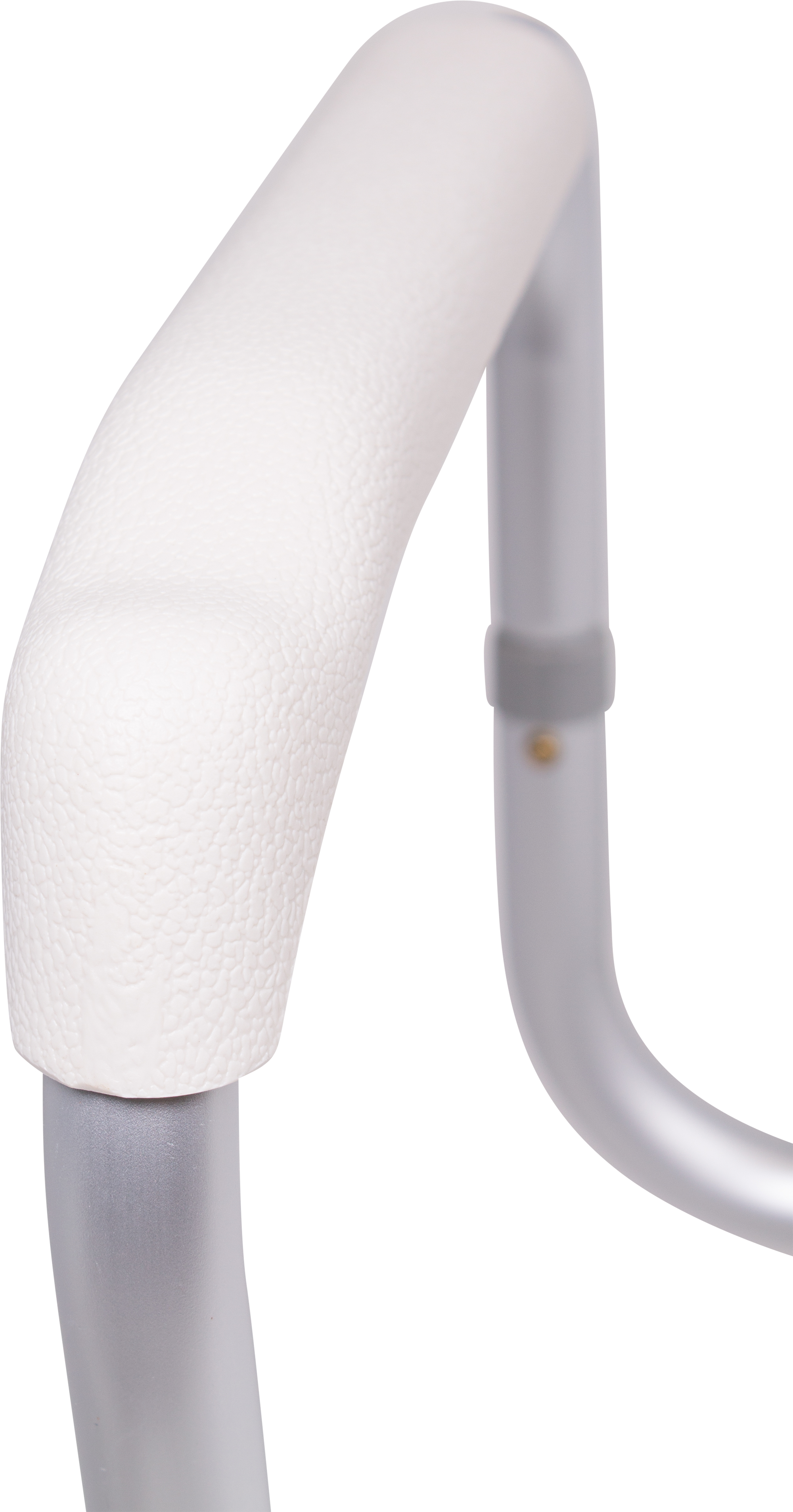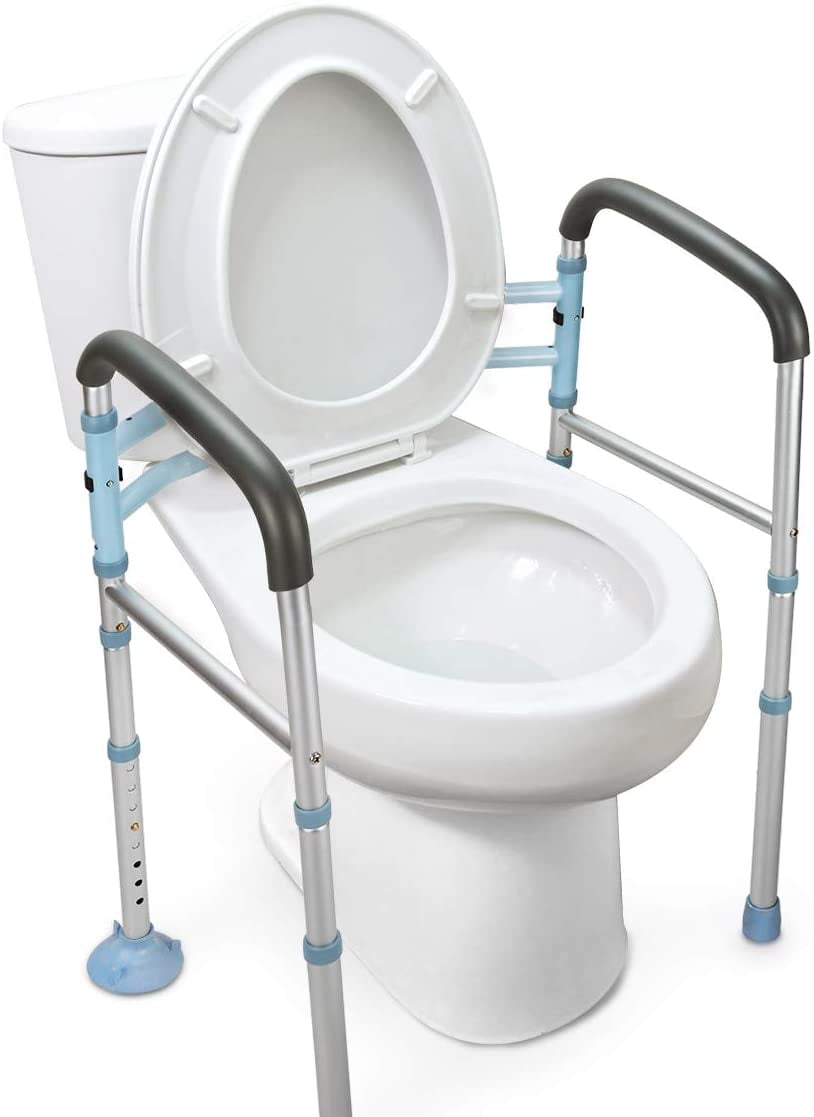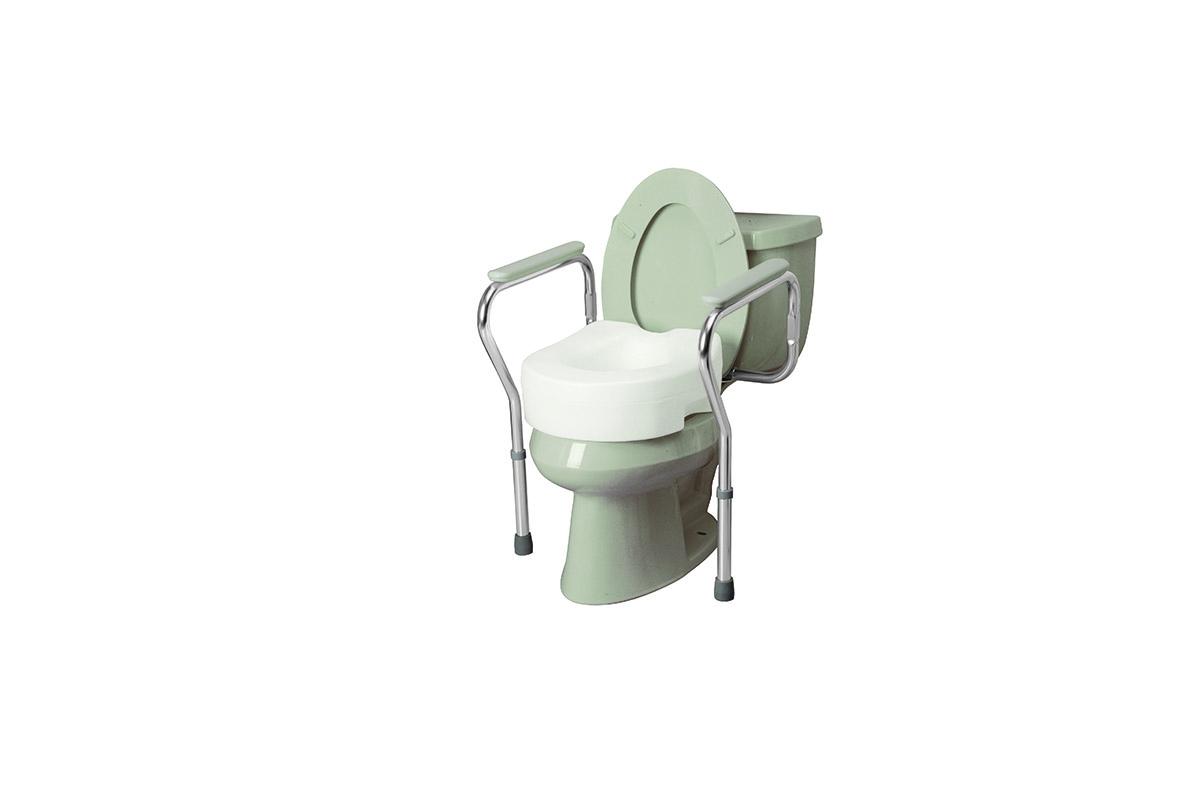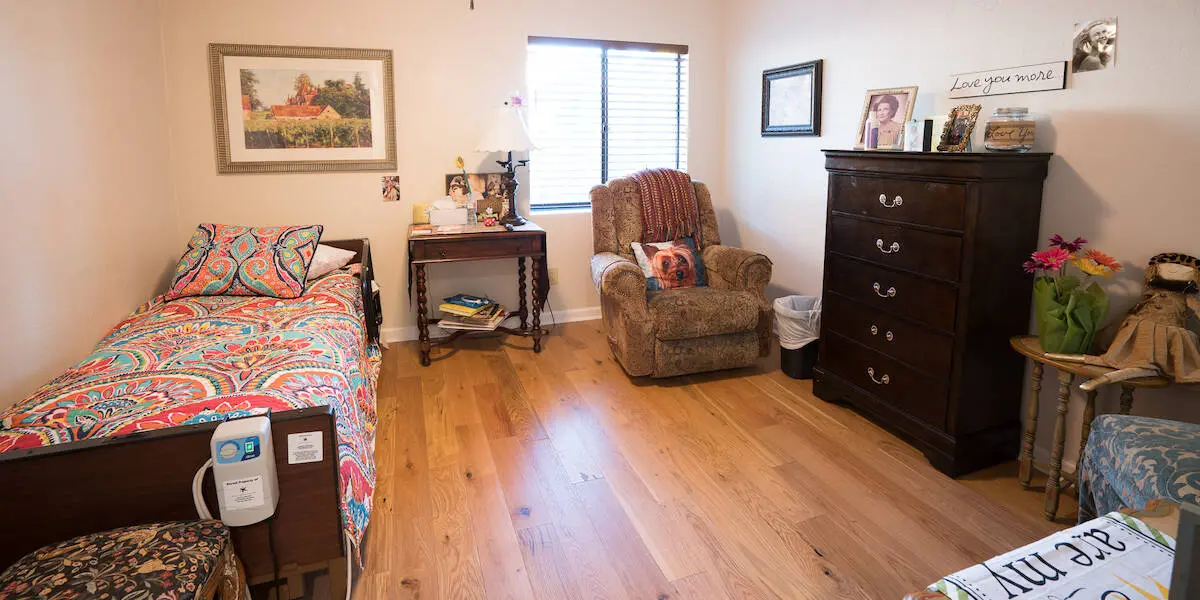Adding grab bars to your bathroom sink can greatly increase accessibility and safety. These sturdy bars can be installed on the wall near the sink, providing support for those who may have difficulty standing or balancing. They can also be helpful for individuals who use a wheelchair or walker, allowing them to easily transfer to and from the sink. Bathroom Sink Grab Bars
A handheld shower head is a versatile and useful adaptive device for the bathroom sink. This type of shower head can be removed from its holder and used to direct water exactly where it's needed. This makes it easier for individuals with limited mobility to wash their hands or face while sitting at the sink. It can also be helpful for caregivers who need to assist with bathing. Handheld Shower Head
For individuals with mobility issues, a raised toilet seat can make a big difference in the bathroom. These seats can be easily placed on top of the existing toilet seat, raising it by a few inches. This makes it easier for individuals to sit down and stand up from the toilet, reducing the risk of falls or strain. Some raised toilet seats also come with armrests for added support. Raised Toilet Seat
Slips and falls in the bathroom are a common cause of injury, especially for older adults. To prevent accidents, consider adding a non-slip bath mat in front of the bathroom sink. These mats have a textured surface that provides traction and stability, reducing the risk of falls. They also come in a variety of colors and designs, making it easy to find one that matches your bathroom decor. Non-Slip Bath Mat
For wheelchair users or individuals with limited mobility, a height-adjustable sink can make daily tasks much easier. These sinks can be raised or lowered to the desired height, allowing individuals to comfortably use the sink while sitting or standing. This can also be helpful for caregivers who need to assist with tasks at the sink. Adjustable Height Sink
A wall-mounted sink is another great option for individuals with limited mobility. These sinks are installed directly onto the wall, leaving space underneath for wheelchair users to comfortably access the sink. They also do not have a cabinet or vanity underneath, making it easier to maneuver a wheelchair or walker in the bathroom. Wall-Mounted Sink
For individuals with limited hand strength or dexterity, a hands-free faucet can be a game-changer in the bathroom. These faucets have motion sensors that detect when hands are placed underneath, turning the water on and off without the need for twisting or gripping handles. This can also be helpful for individuals with arthritis or other conditions that make it difficult to use traditional faucets. Hands-Free Faucet
For individuals who have difficulty standing for long periods of time, a shower chair can make bathing much easier. These chairs can be placed in the shower or tub, allowing individuals to sit while washing. Some shower chairs also come with adjustable legs and backrests for added comfort and support. This can be especially helpful for individuals who have difficulty standing from a seated position. Shower Chair
A transfer bench is another helpful device for individuals with mobility issues. This bench sits partially inside and outside of the tub, allowing individuals to sit down and slide over the edge of the tub without having to step over it. This can be helpful for individuals who have difficulty lifting their legs or need extra support when getting in and out of the tub. Transfer Bench
For added stability and support, a toilet safety frame can be a useful addition to the bathroom. These frames are placed around the toilet, providing handrails for individuals to hold onto when getting on and off the toilet. They can also be helpful for individuals who need assistance with balance or standing up from a seated position. Toilet Safety Frame
Enhance Accessibility and Safety with Adaptive Devices for Bathroom Sink

Creating a Functional and Inclusive Bathroom Design
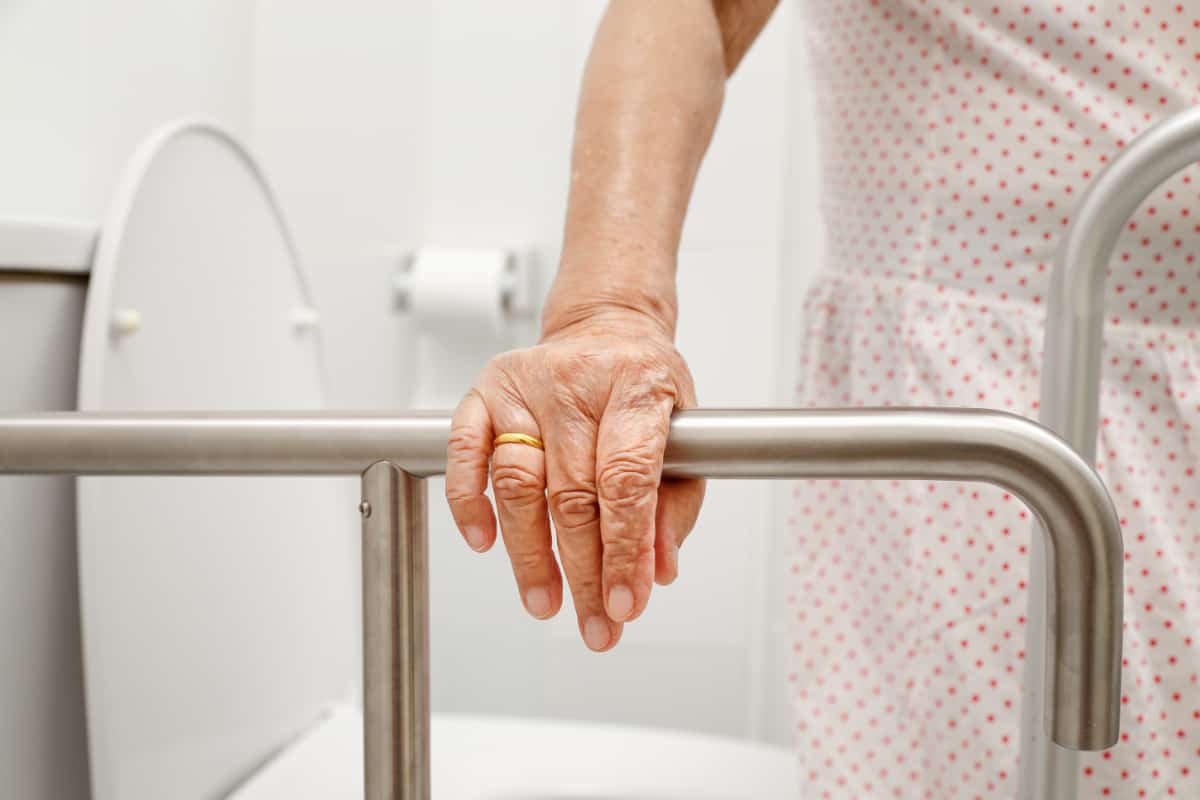 Bathrooms are one of the most important rooms in a house, as they serve both practical and personal purposes. However, for individuals with physical limitations, the bathroom can be a challenging and sometimes unsafe space. This is especially true when it comes to using the sink, which is a necessary component for personal hygiene. Fortunately, there are now
adaptive devices for bathroom sinks
that can help enhance accessibility and safety for users of all abilities. These devices not only make the bathroom more functional, but also contribute to a more inclusive and welcoming home design.
Bathrooms are one of the most important rooms in a house, as they serve both practical and personal purposes. However, for individuals with physical limitations, the bathroom can be a challenging and sometimes unsafe space. This is especially true when it comes to using the sink, which is a necessary component for personal hygiene. Fortunately, there are now
adaptive devices for bathroom sinks
that can help enhance accessibility and safety for users of all abilities. These devices not only make the bathroom more functional, but also contribute to a more inclusive and welcoming home design.
The Benefits of Adaptive Devices for Bathroom Sinks
 The main purpose of
adaptive devices for bathroom sinks
is to make the sink area more accessible for individuals with physical limitations. This can include people with mobility issues, arthritis, or those who use a wheelchair or walker. By providing support and assistance, these devices can help individuals maintain their independence and self-care routines. They also promote safety by reducing the risk of falls or accidents in the bathroom.
Some of the most common
adaptive devices
for bathroom sinks include grab bars, lever handles, and adjustable height faucets. Grab bars can be installed near the sink to provide support and stability for individuals who have difficulty standing or balancing. Lever handles are easier to use for those with limited hand strength or dexterity, making it simpler to turn the water on and off. Adjustable height faucets allow users to adjust the height of the faucet, making it easier for those in wheelchairs or with different heights to access the sink.
The main purpose of
adaptive devices for bathroom sinks
is to make the sink area more accessible for individuals with physical limitations. This can include people with mobility issues, arthritis, or those who use a wheelchair or walker. By providing support and assistance, these devices can help individuals maintain their independence and self-care routines. They also promote safety by reducing the risk of falls or accidents in the bathroom.
Some of the most common
adaptive devices
for bathroom sinks include grab bars, lever handles, and adjustable height faucets. Grab bars can be installed near the sink to provide support and stability for individuals who have difficulty standing or balancing. Lever handles are easier to use for those with limited hand strength or dexterity, making it simpler to turn the water on and off. Adjustable height faucets allow users to adjust the height of the faucet, making it easier for those in wheelchairs or with different heights to access the sink.
Incorporating Adaptive Devices into Bathroom Design
 When designing a bathroom, it is important to consider the needs and abilities of all potential users. This includes individuals with physical limitations. By incorporating
adaptive devices for bathroom sinks
into the design, you can create a more functional and inclusive space. These devices can be seamlessly integrated into the overall design, making them both practical and aesthetically pleasing.
In addition to enhancing accessibility and safety,
adaptive devices for bathroom sinks
can also add value to a home. As the population ages and more individuals require assistance with everyday tasks, having these devices already in place can make a home more attractive to potential buyers.
In conclusion, the inclusion of
adaptive devices for bathroom sinks
can greatly improve the functionality and accessibility of a bathroom. By considering the needs of all users and incorporating these devices into the design, you can create a welcoming and inclusive space for everyone. So whether you are designing a new bathroom or looking to make improvements to an existing one, be sure to include these essential devices for a safer and more user-friendly bathroom experience.
When designing a bathroom, it is important to consider the needs and abilities of all potential users. This includes individuals with physical limitations. By incorporating
adaptive devices for bathroom sinks
into the design, you can create a more functional and inclusive space. These devices can be seamlessly integrated into the overall design, making them both practical and aesthetically pleasing.
In addition to enhancing accessibility and safety,
adaptive devices for bathroom sinks
can also add value to a home. As the population ages and more individuals require assistance with everyday tasks, having these devices already in place can make a home more attractive to potential buyers.
In conclusion, the inclusion of
adaptive devices for bathroom sinks
can greatly improve the functionality and accessibility of a bathroom. By considering the needs of all users and incorporating these devices into the design, you can create a welcoming and inclusive space for everyone. So whether you are designing a new bathroom or looking to make improvements to an existing one, be sure to include these essential devices for a safer and more user-friendly bathroom experience.


